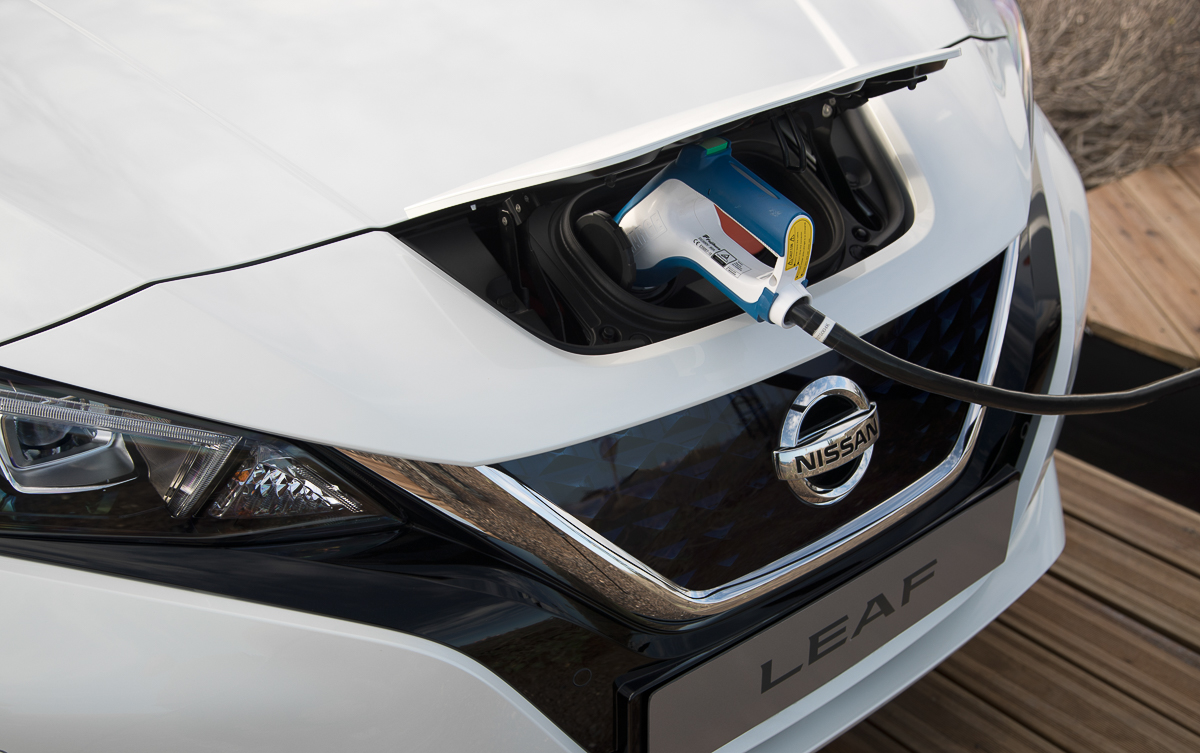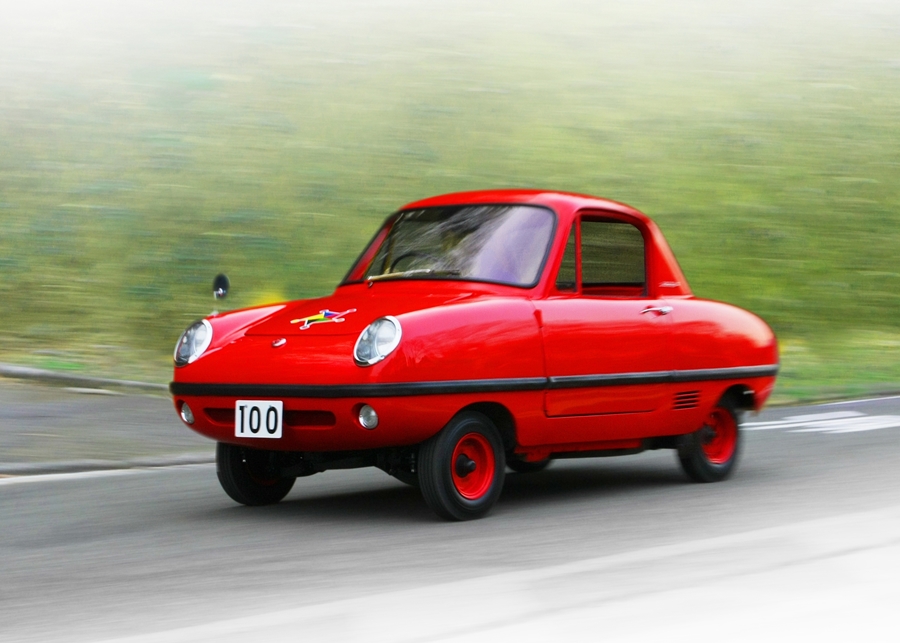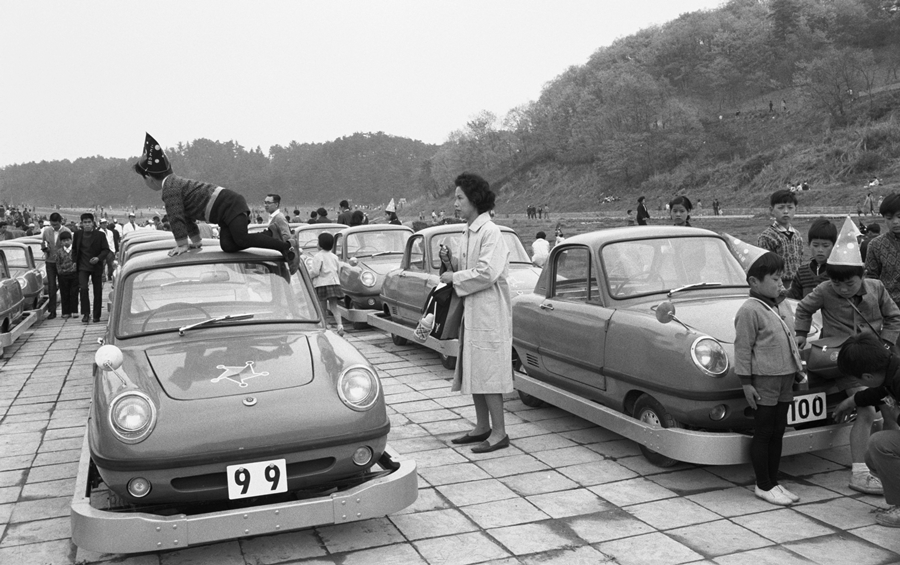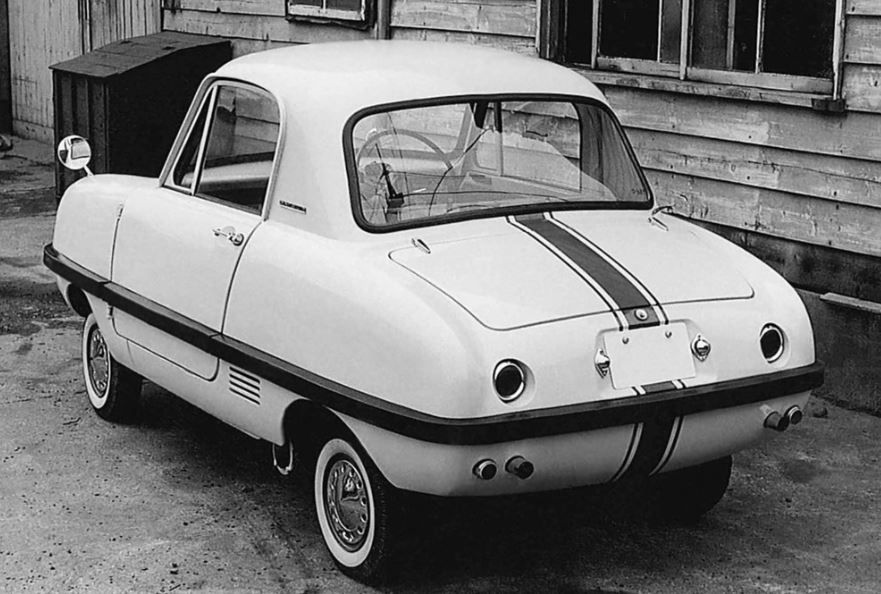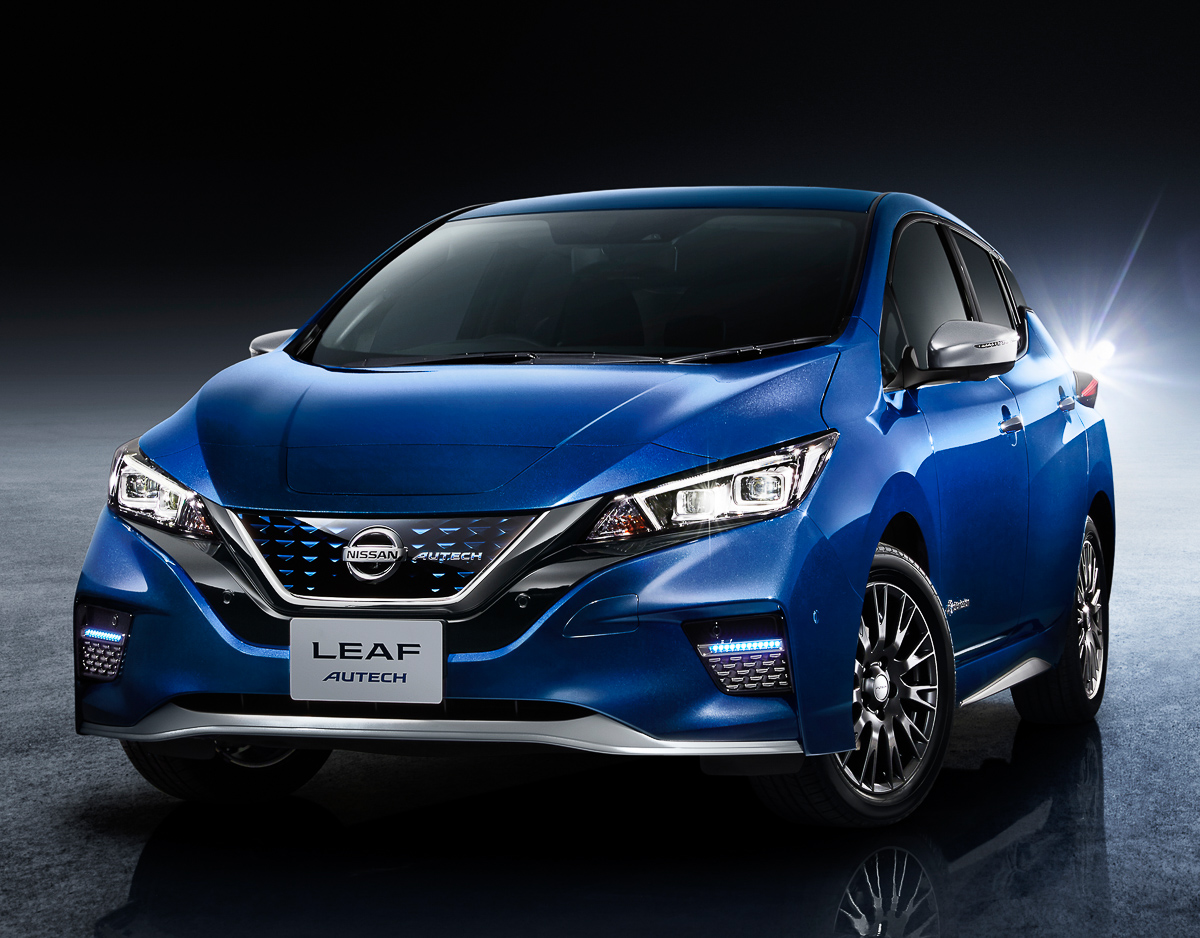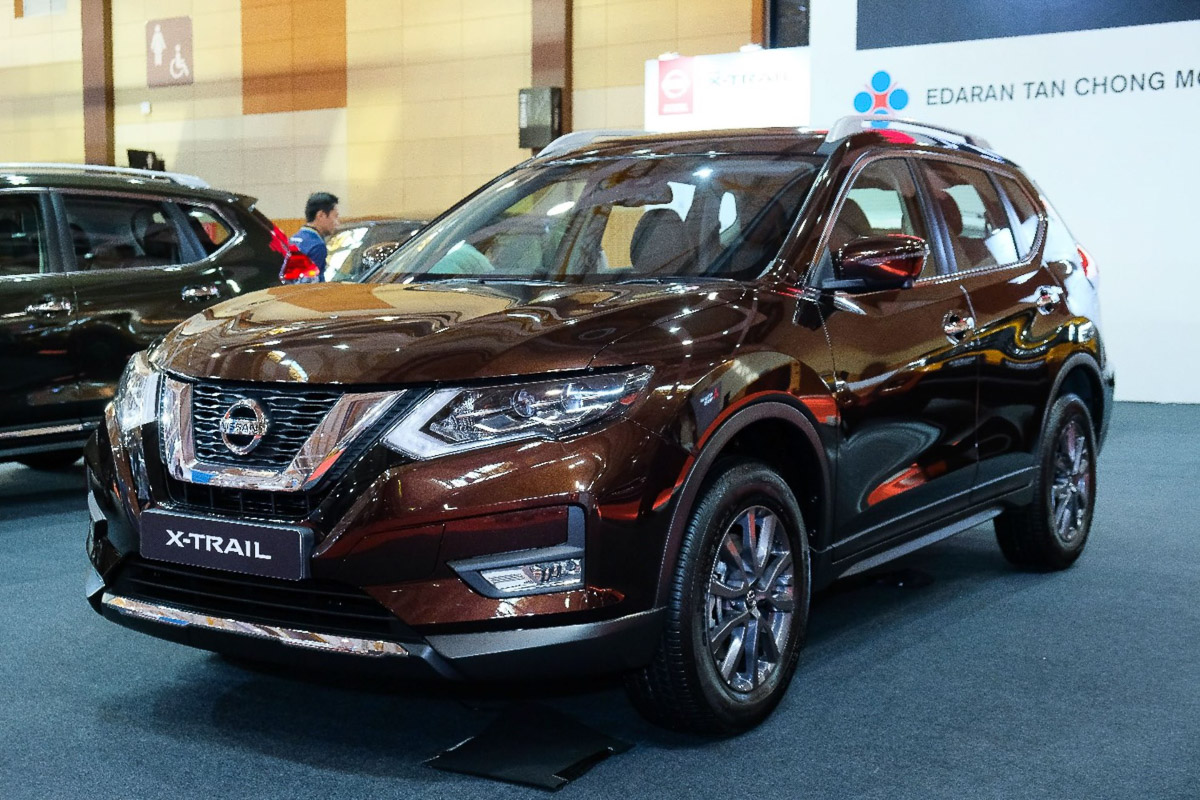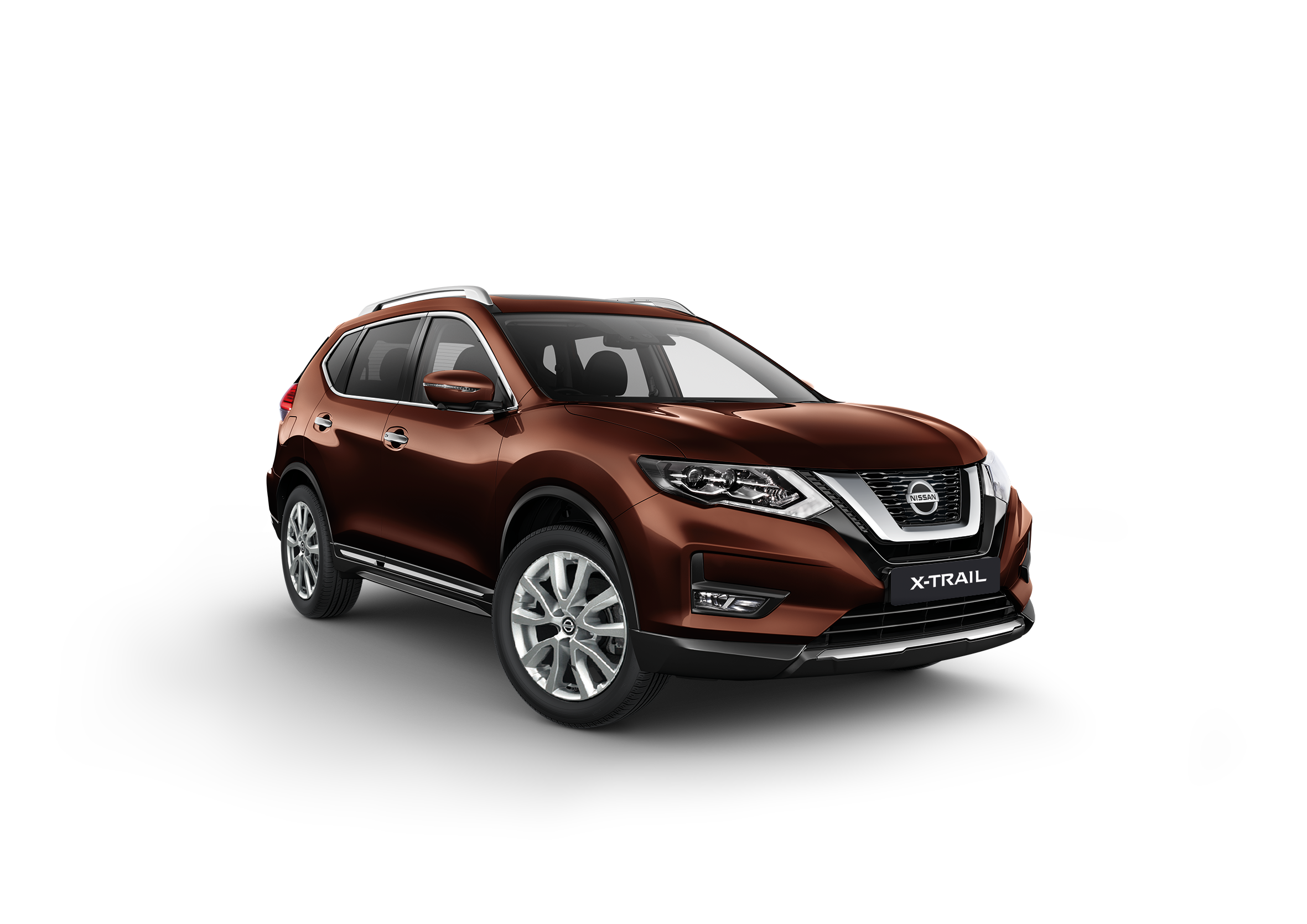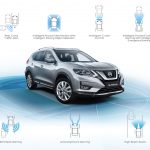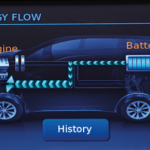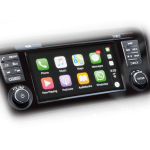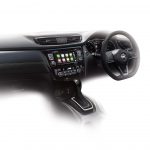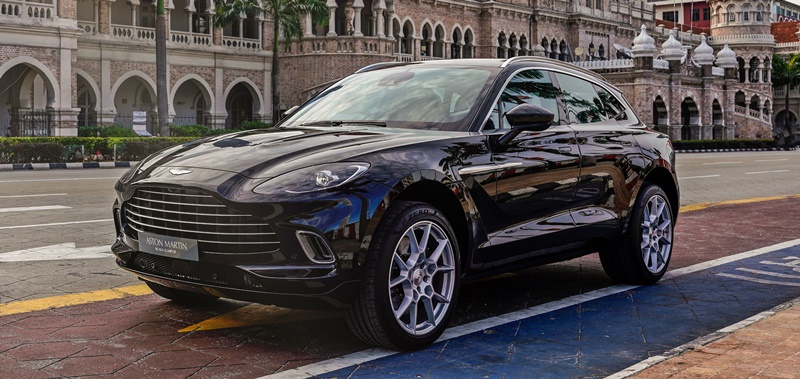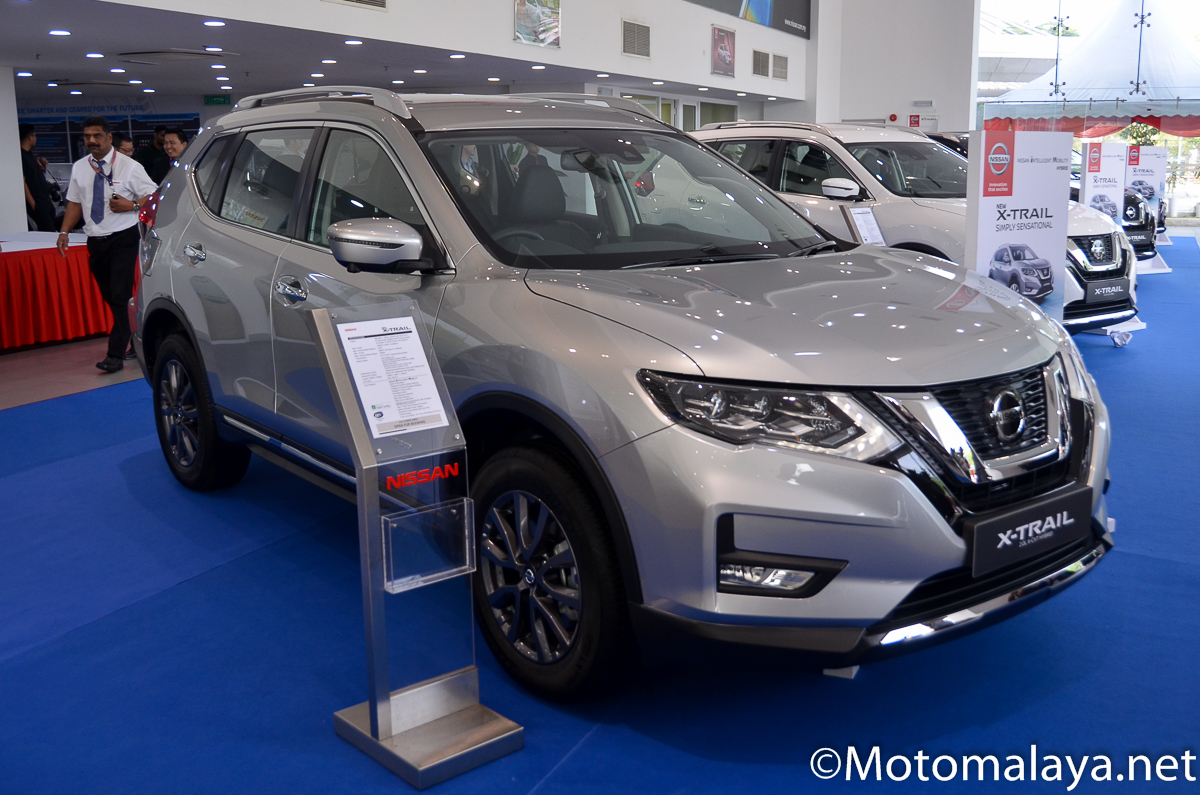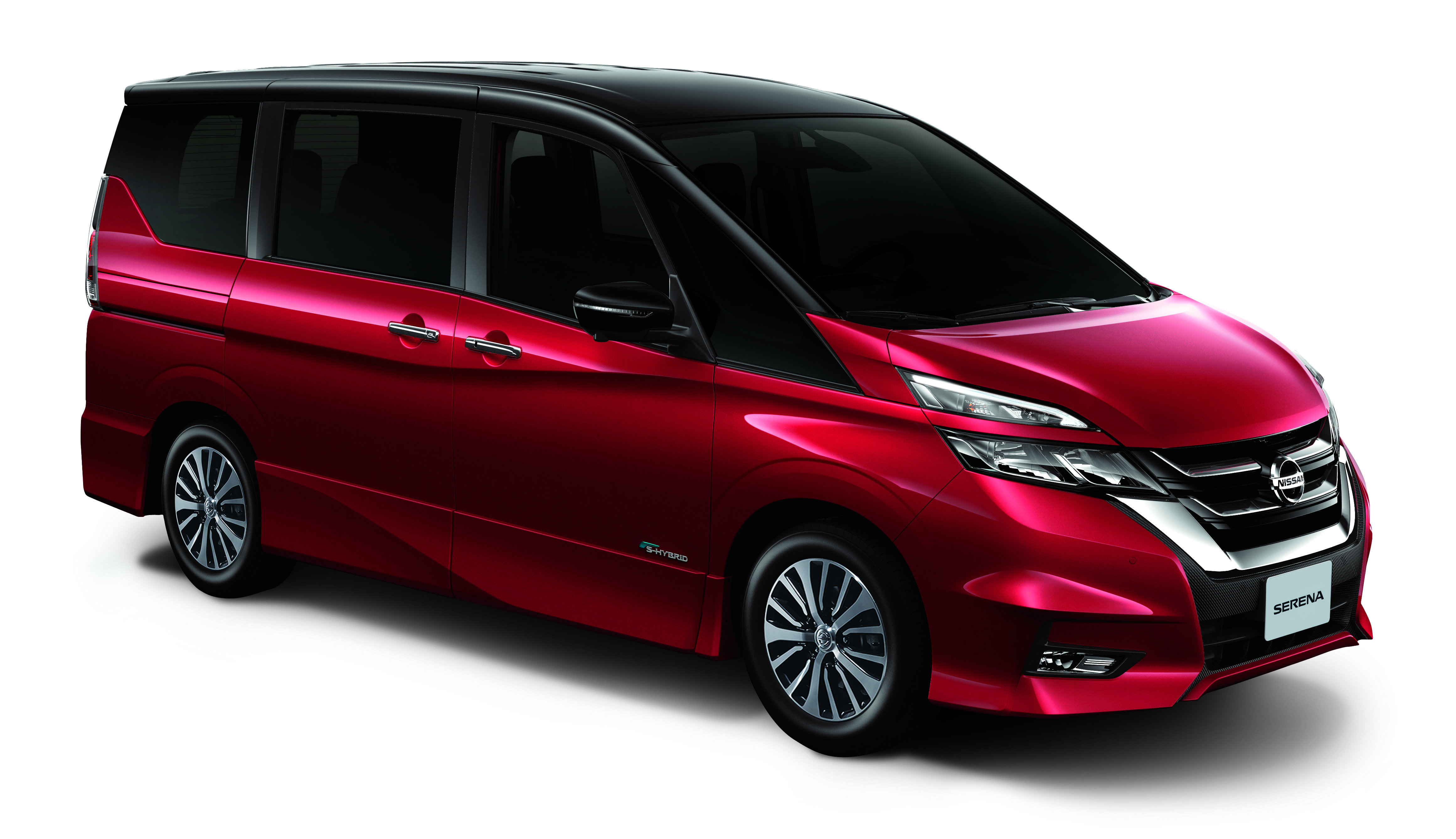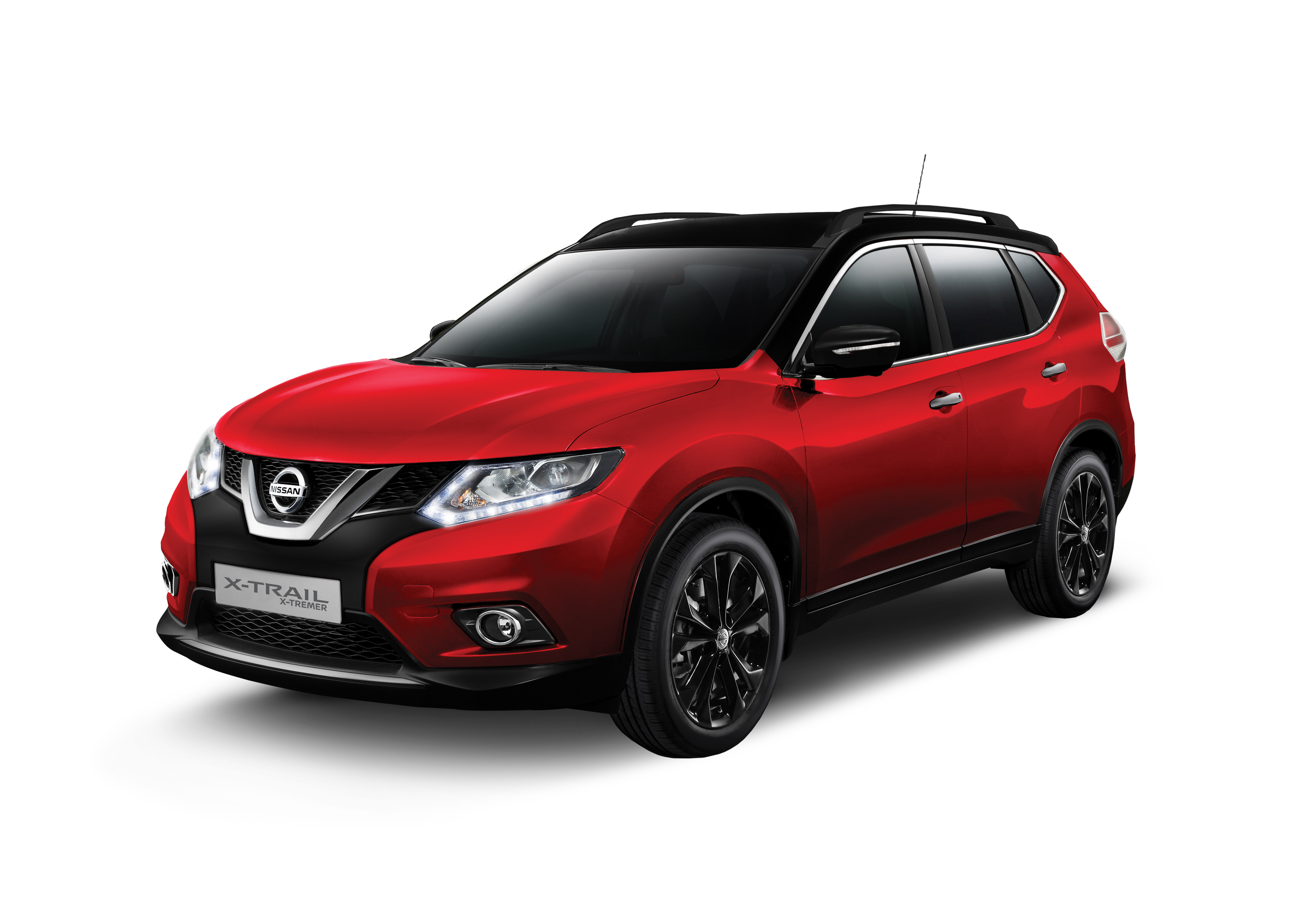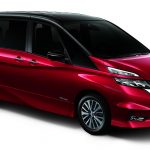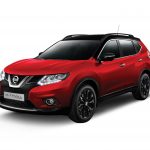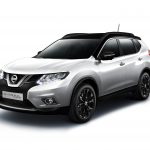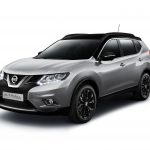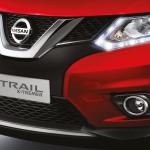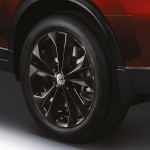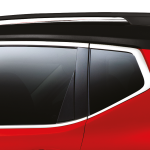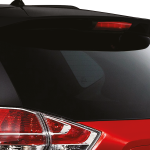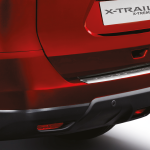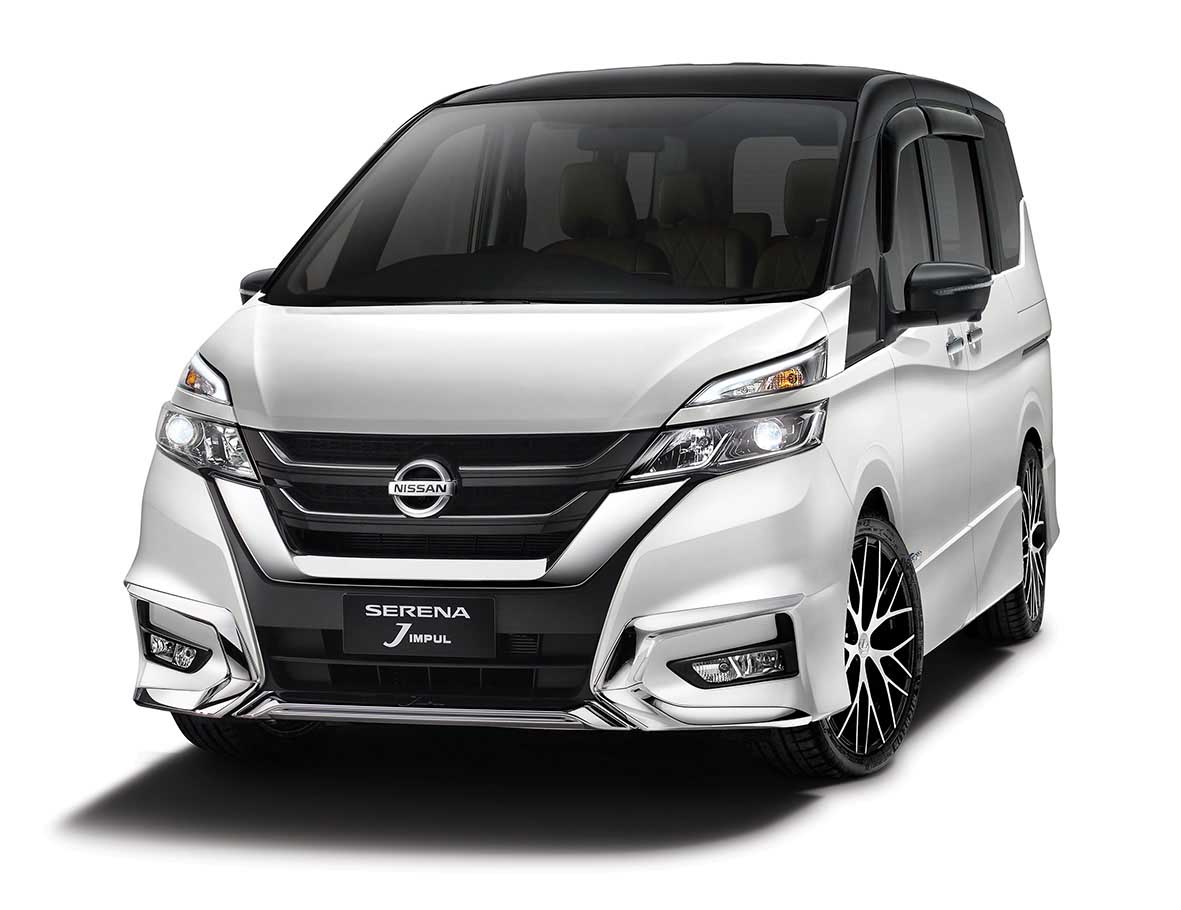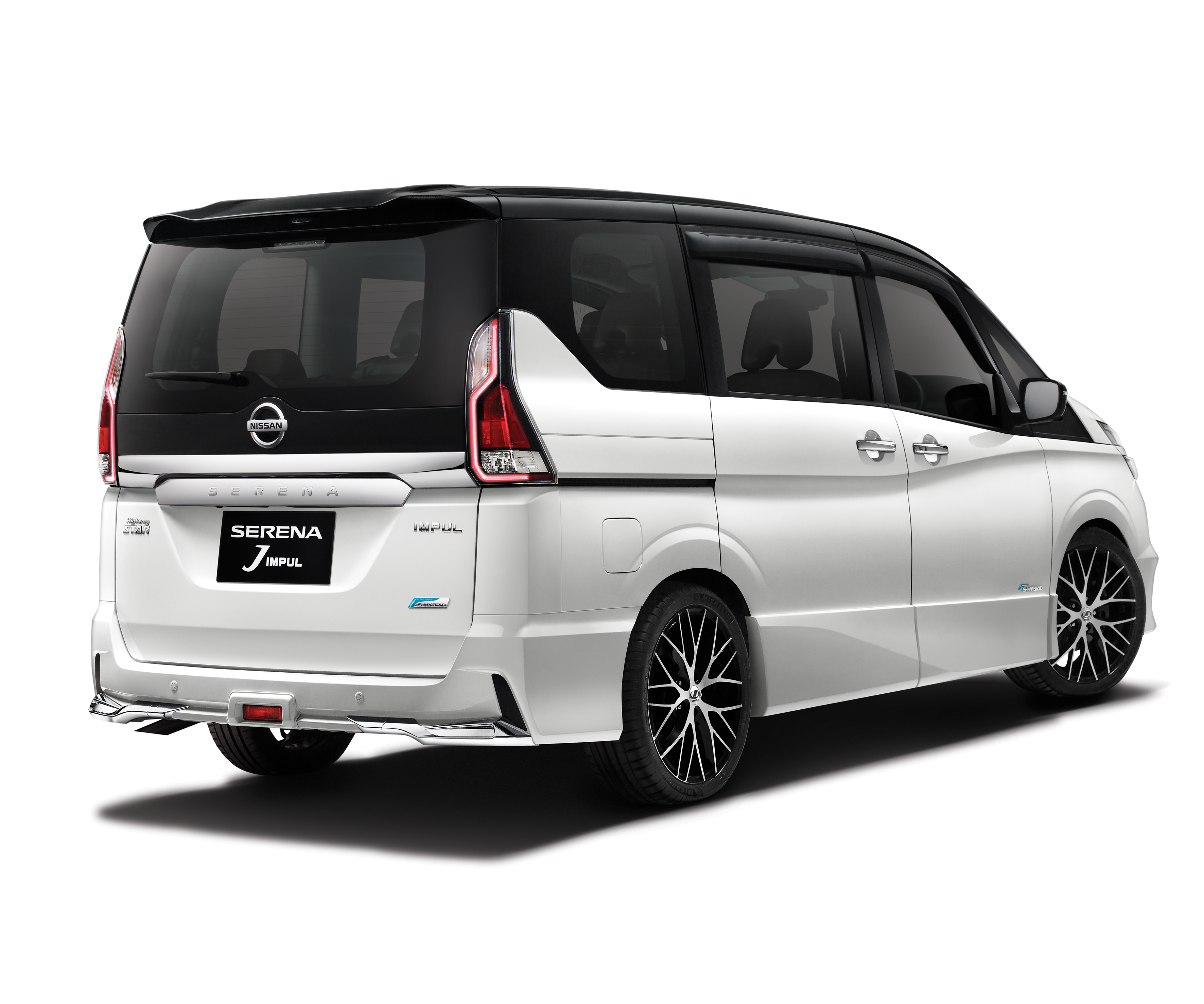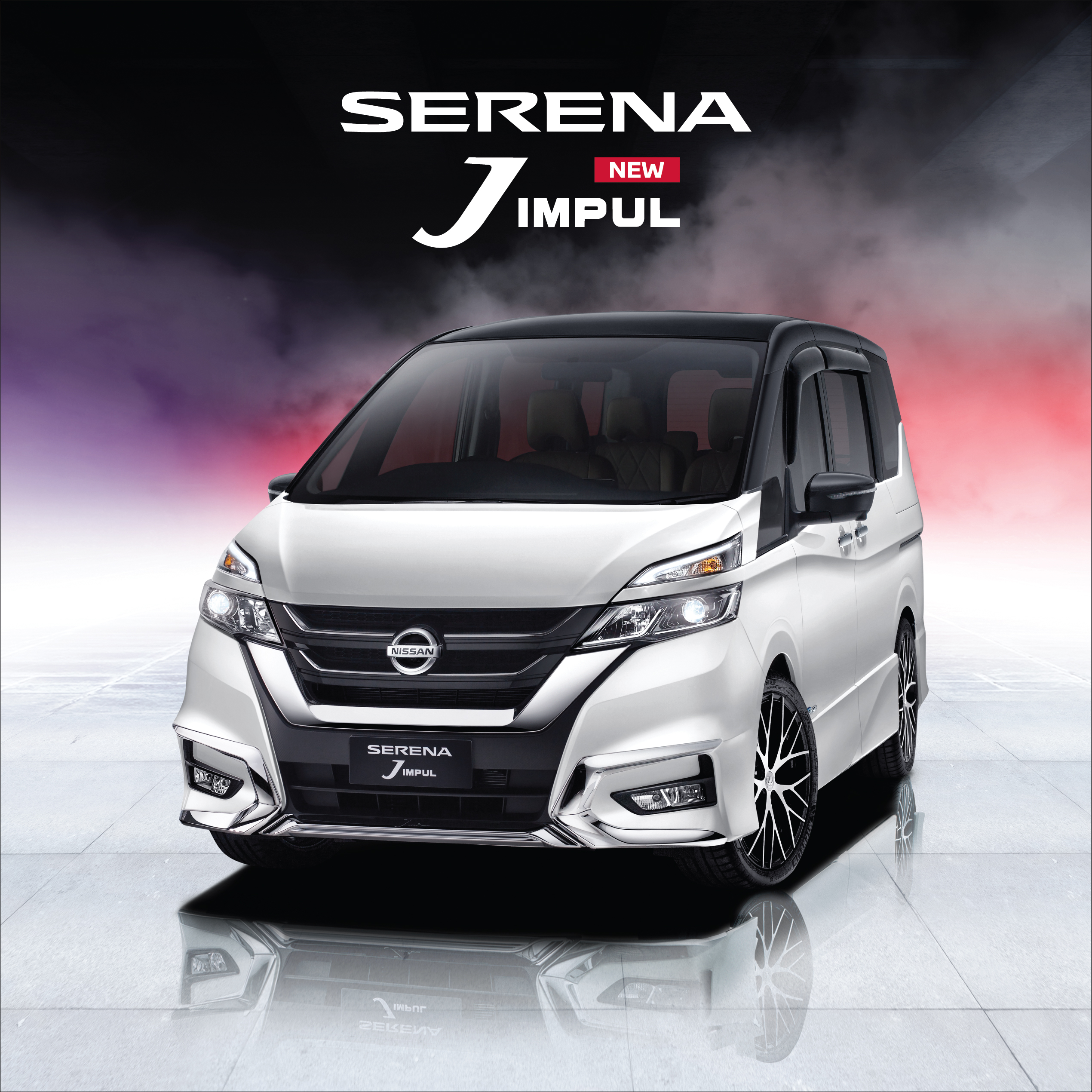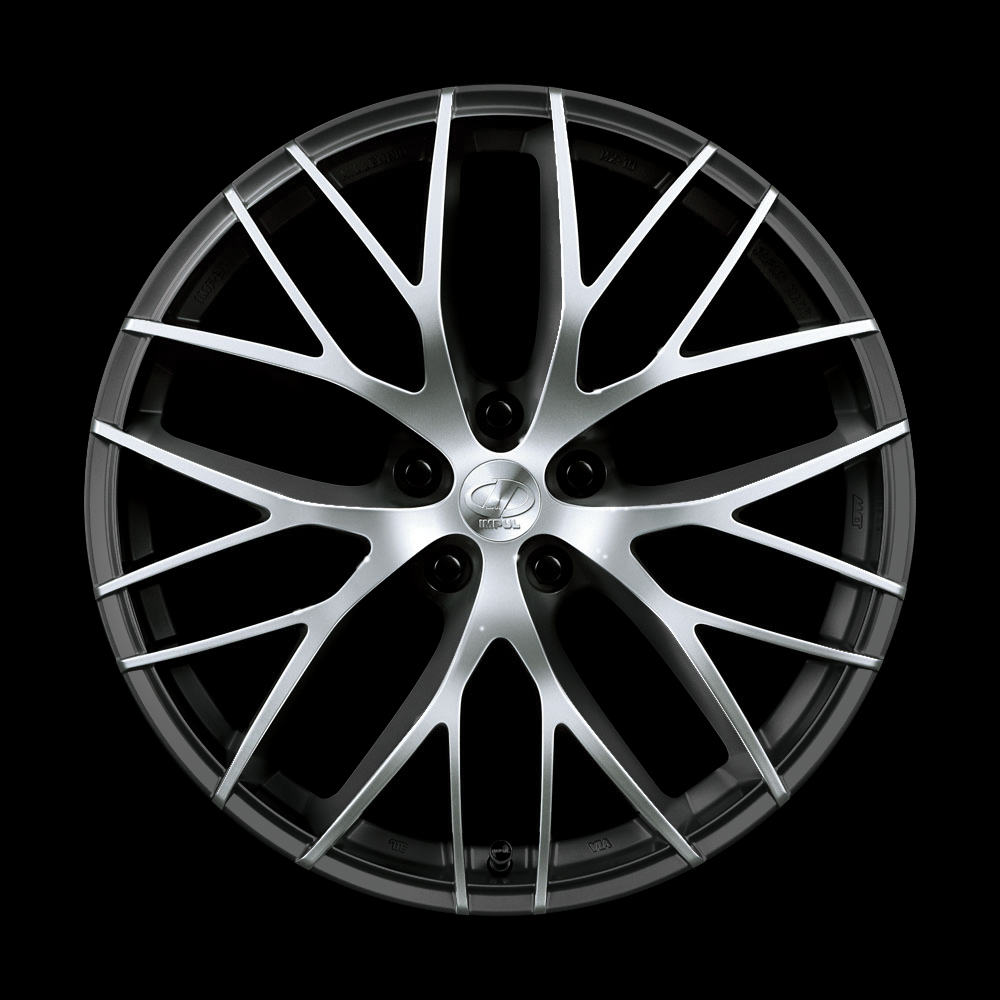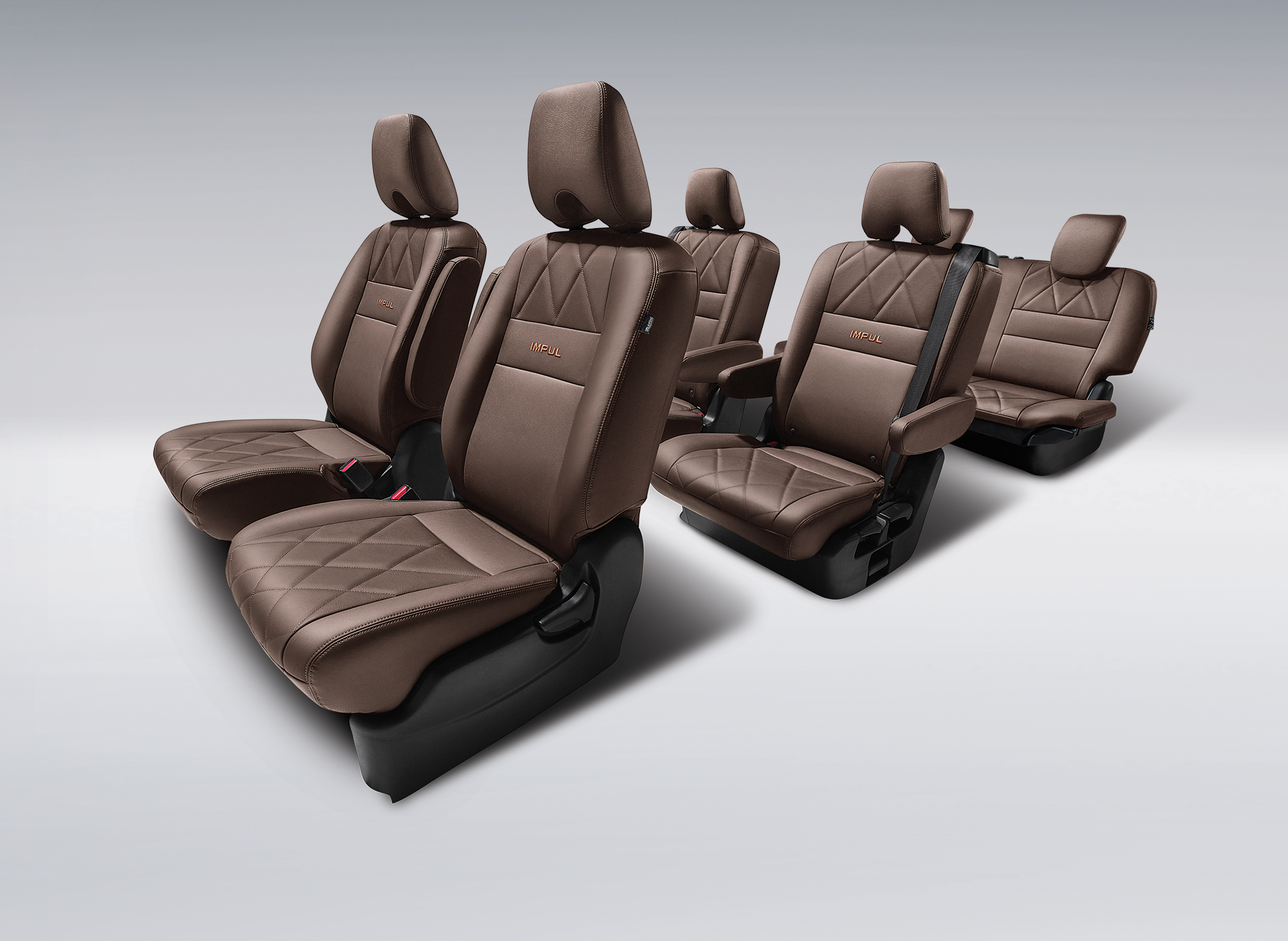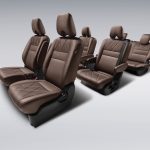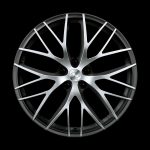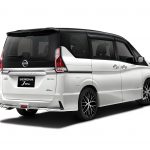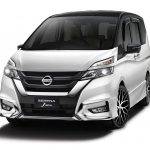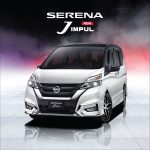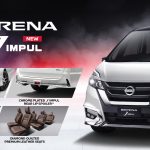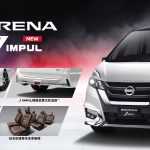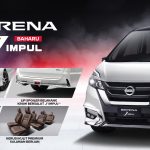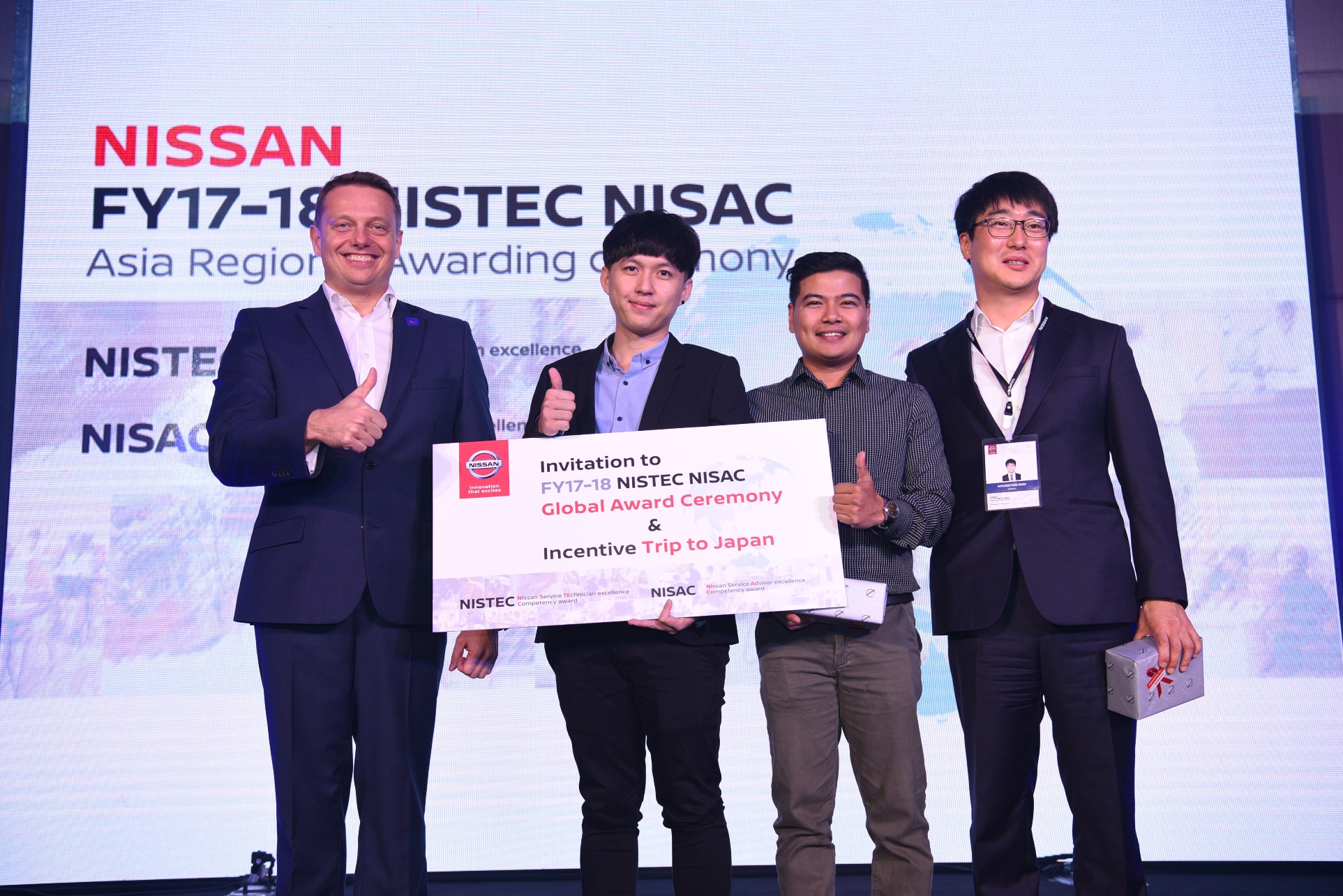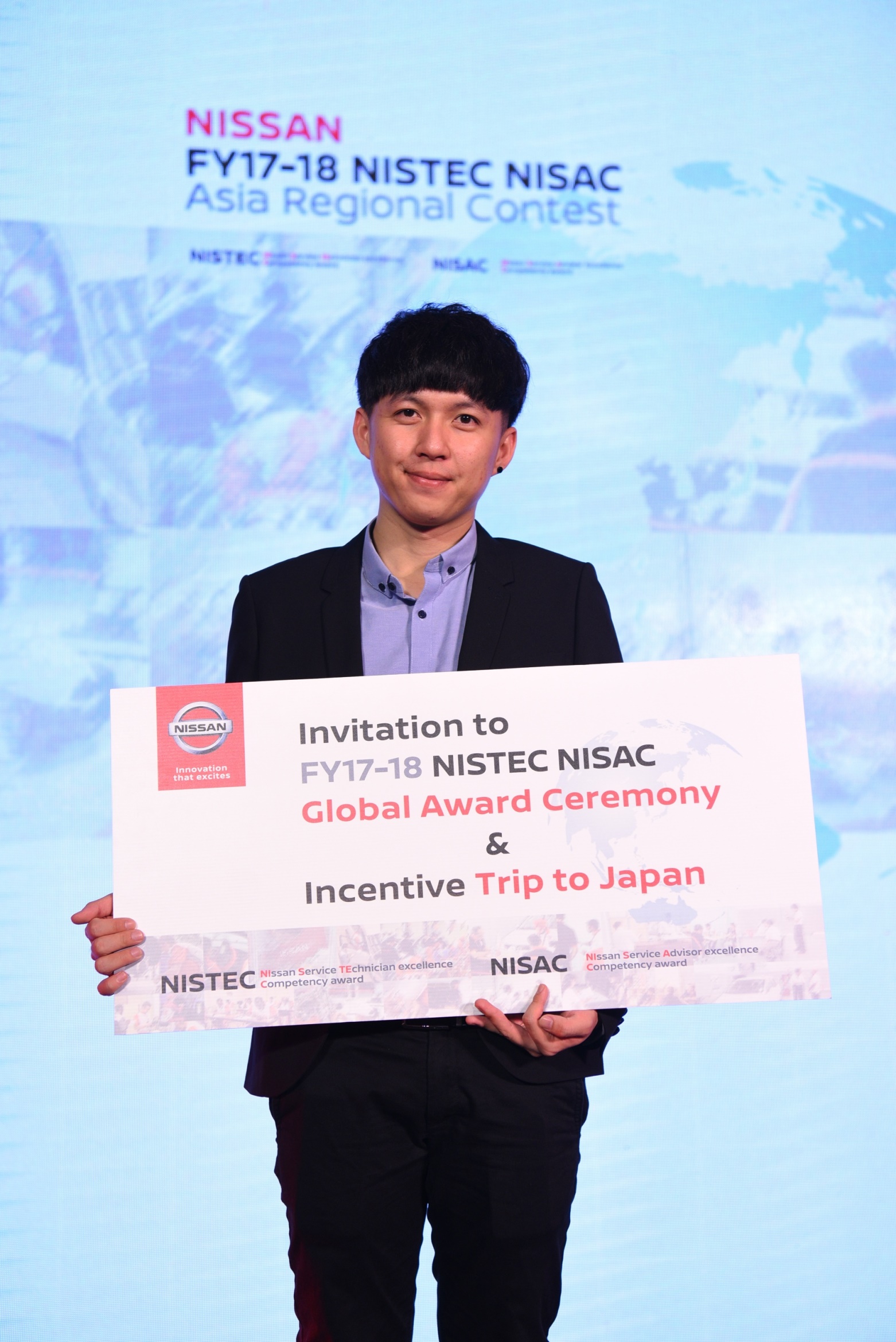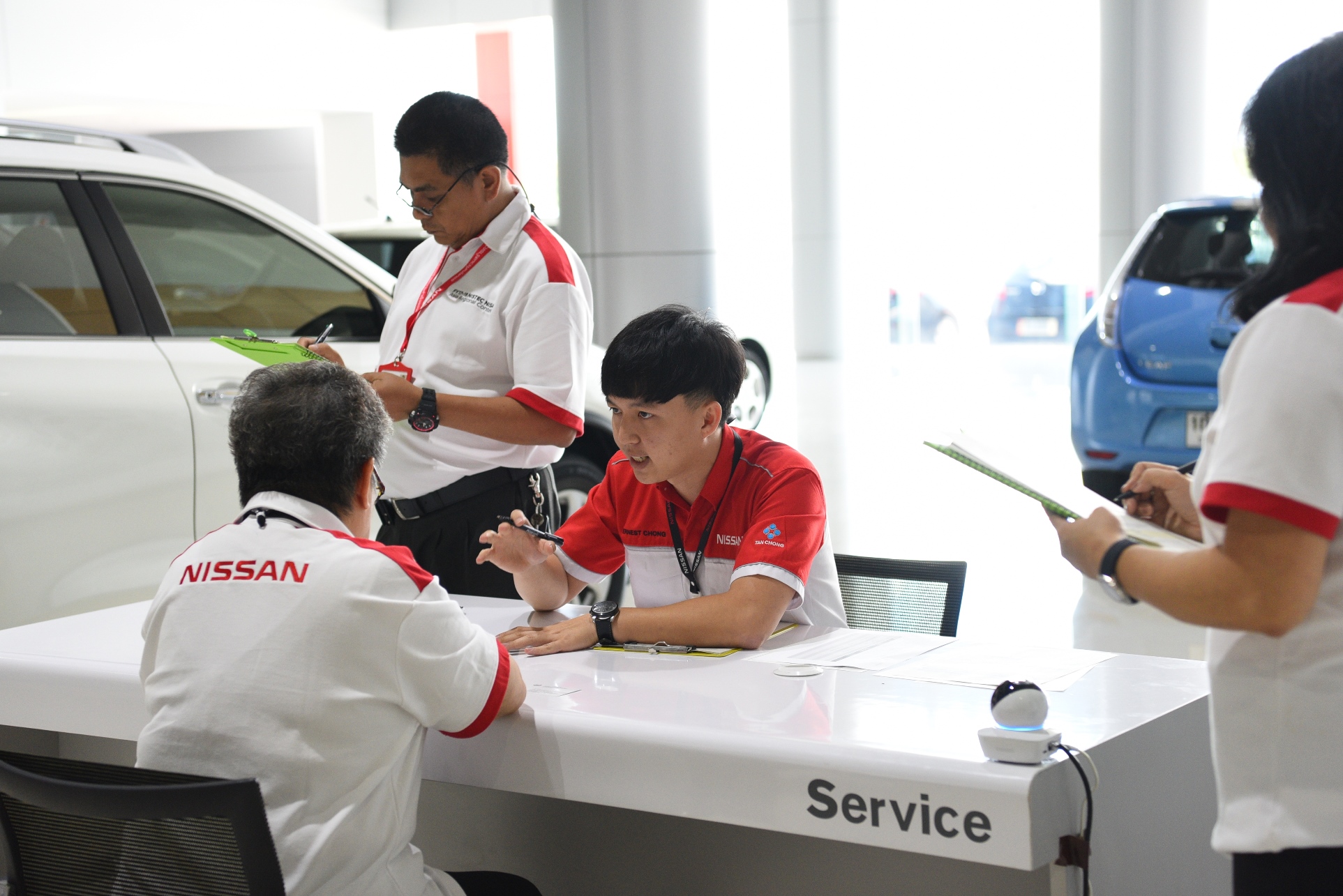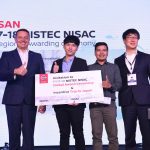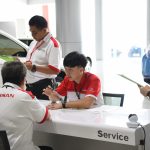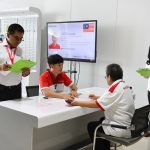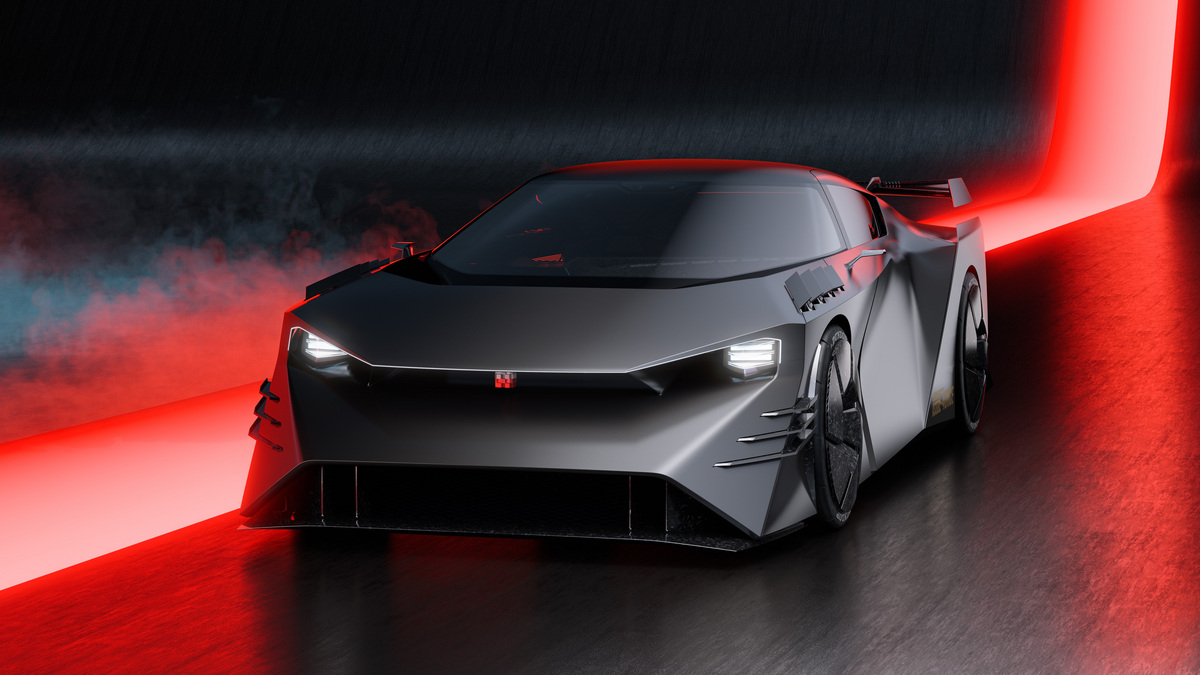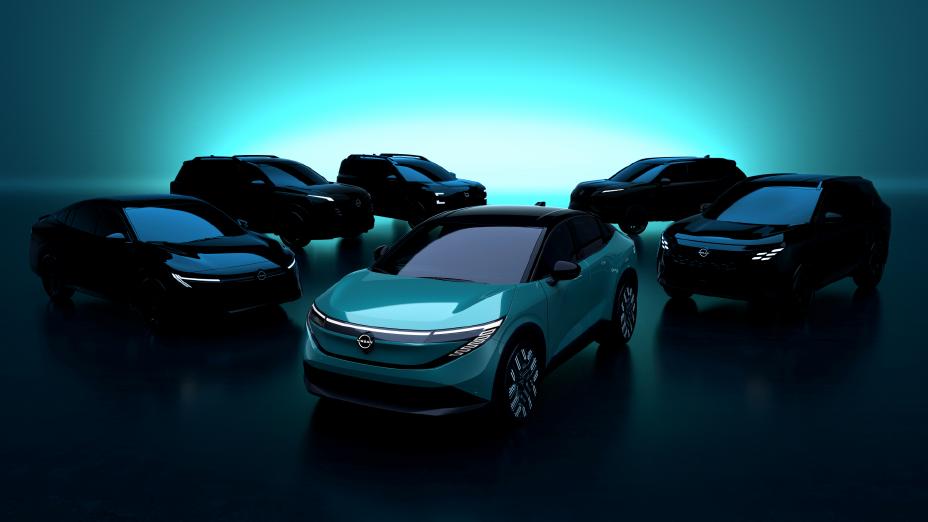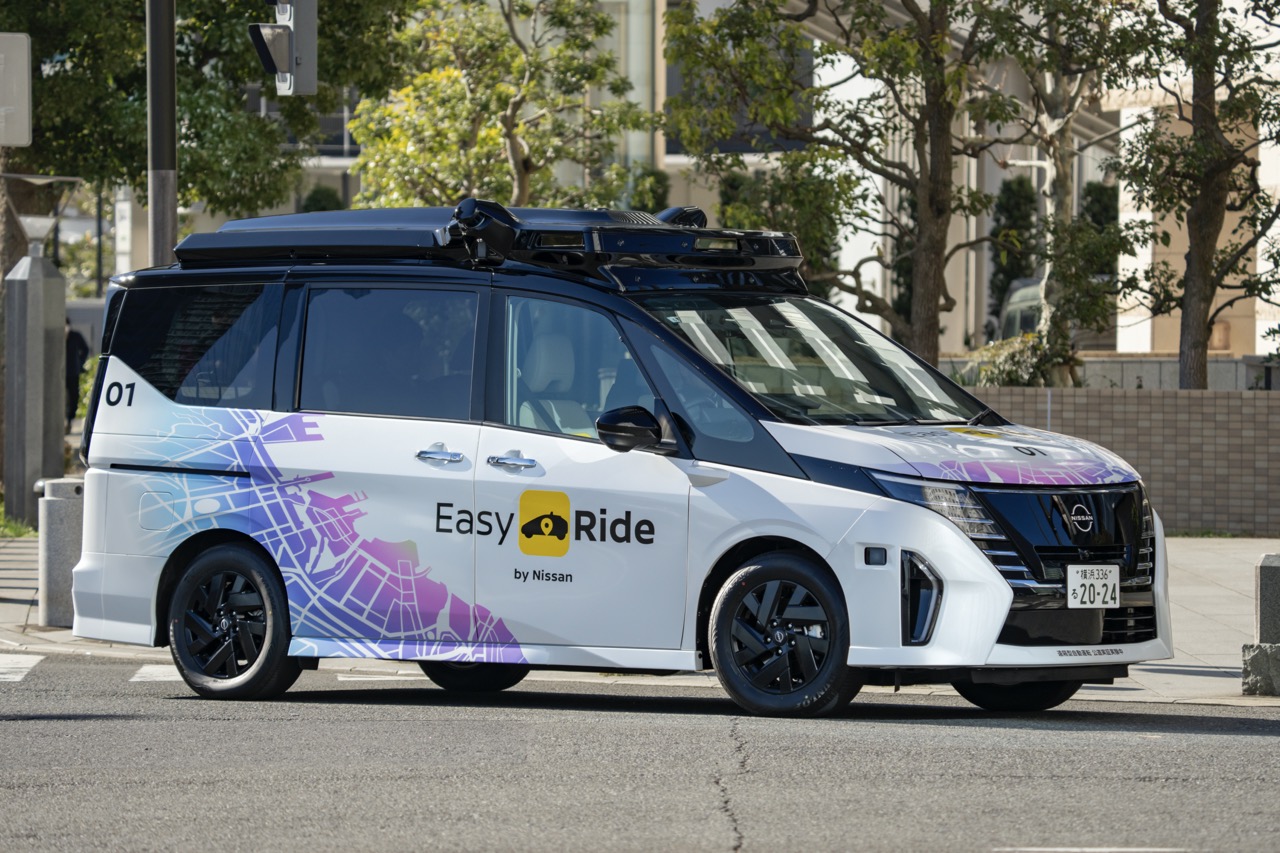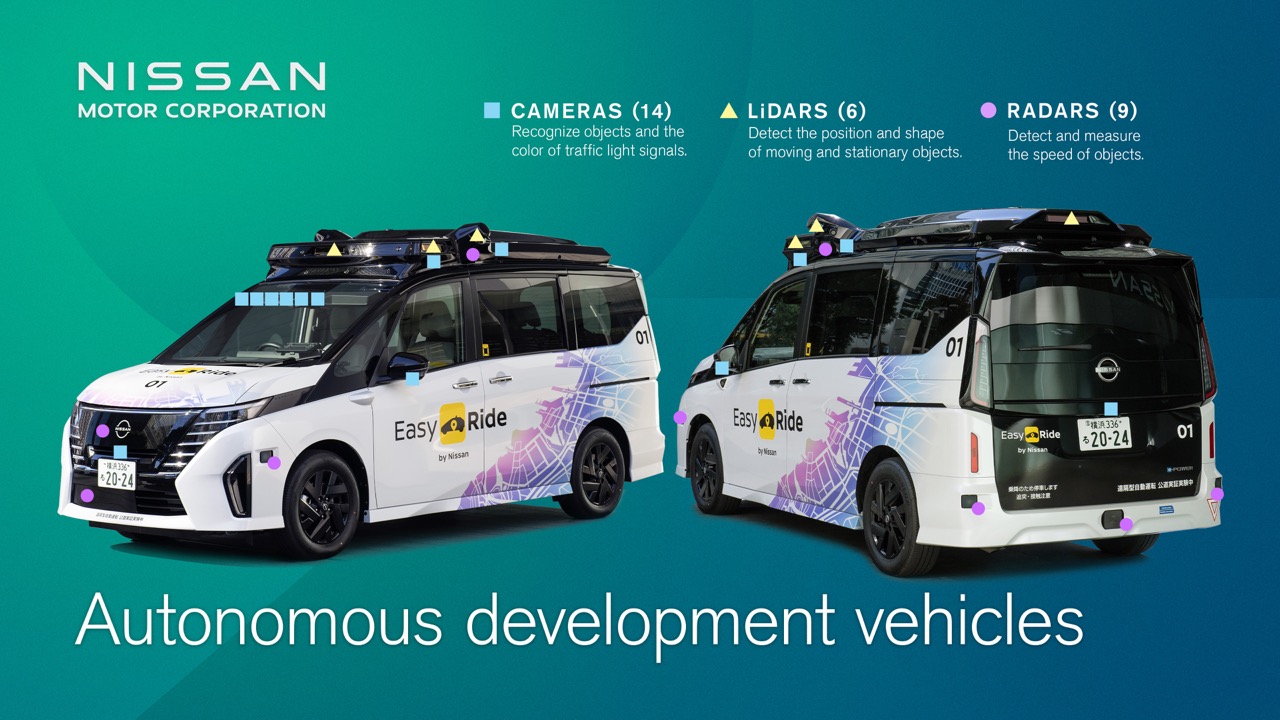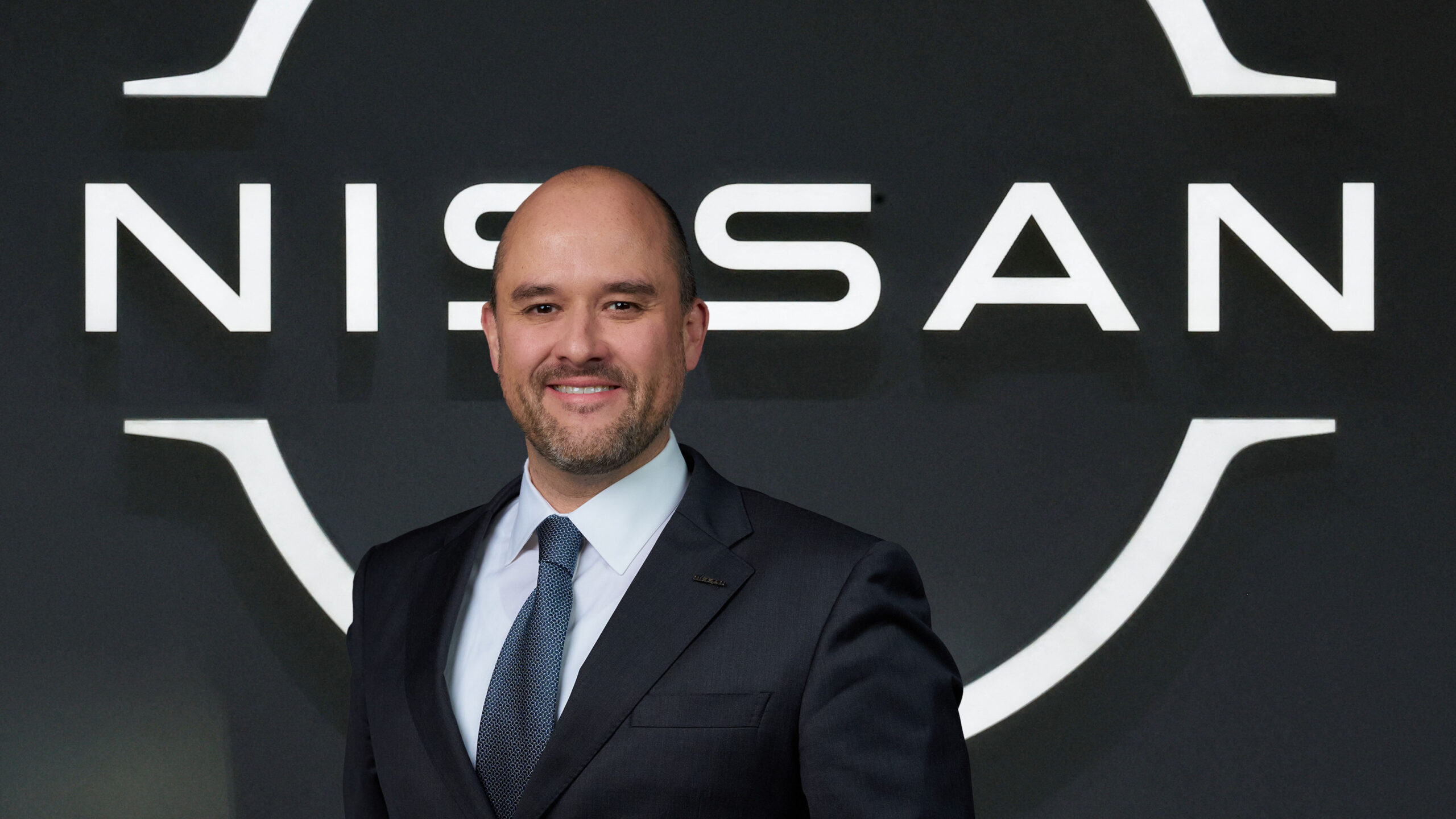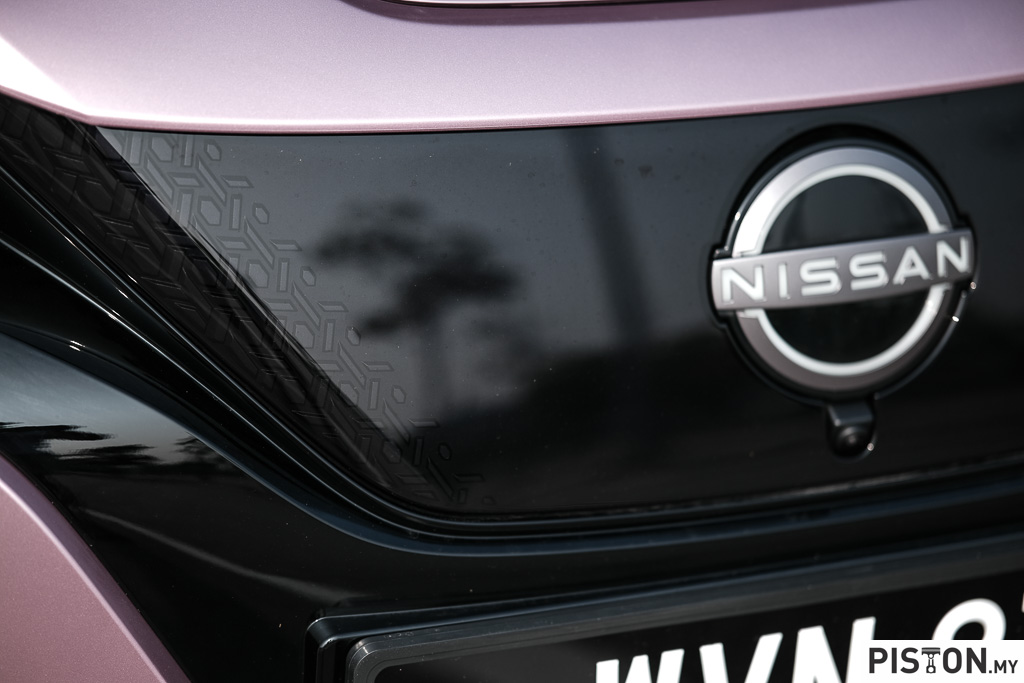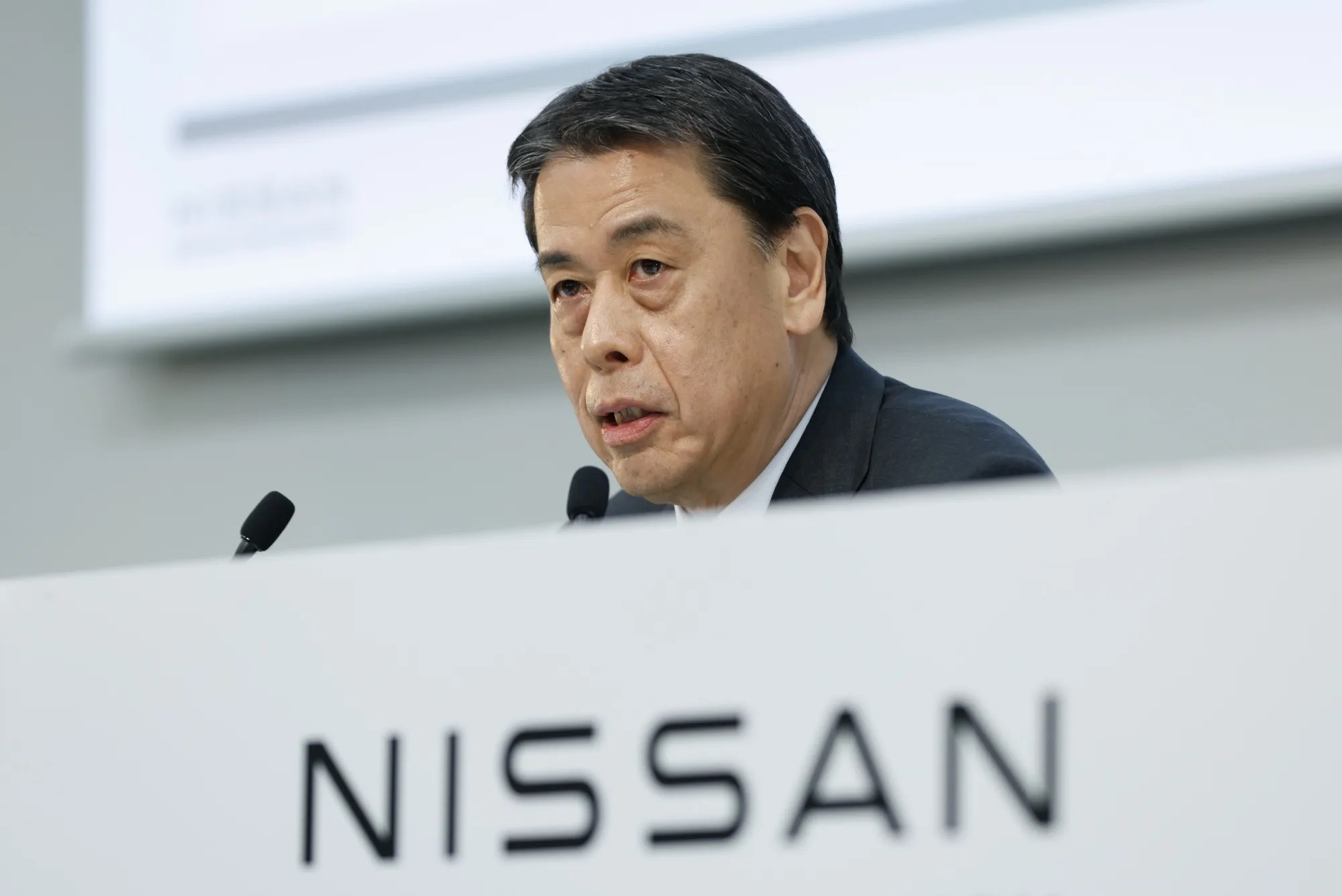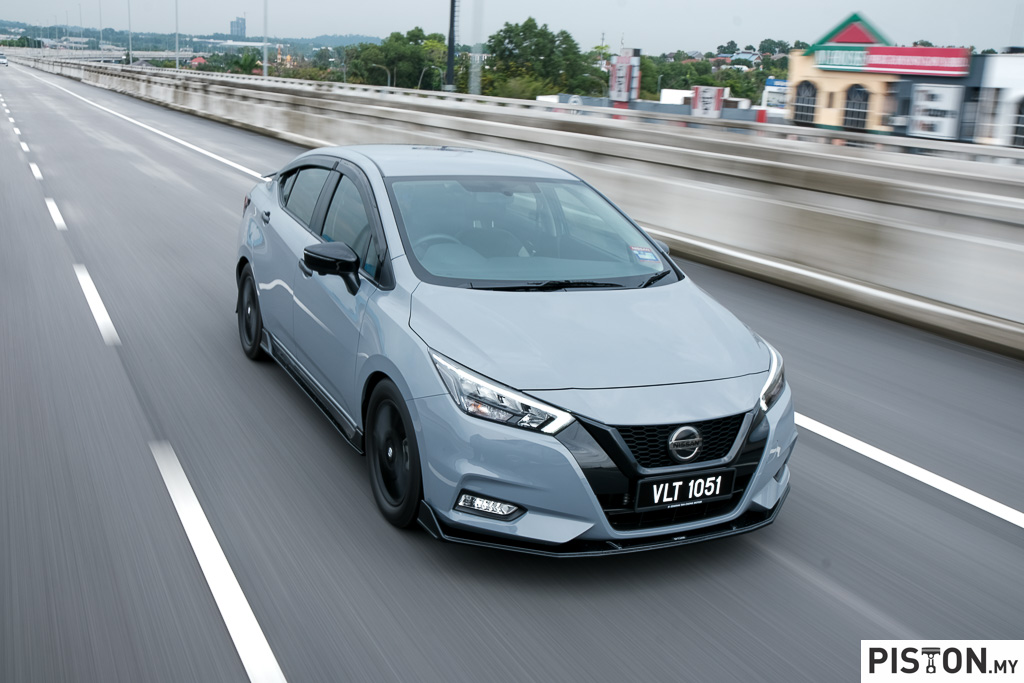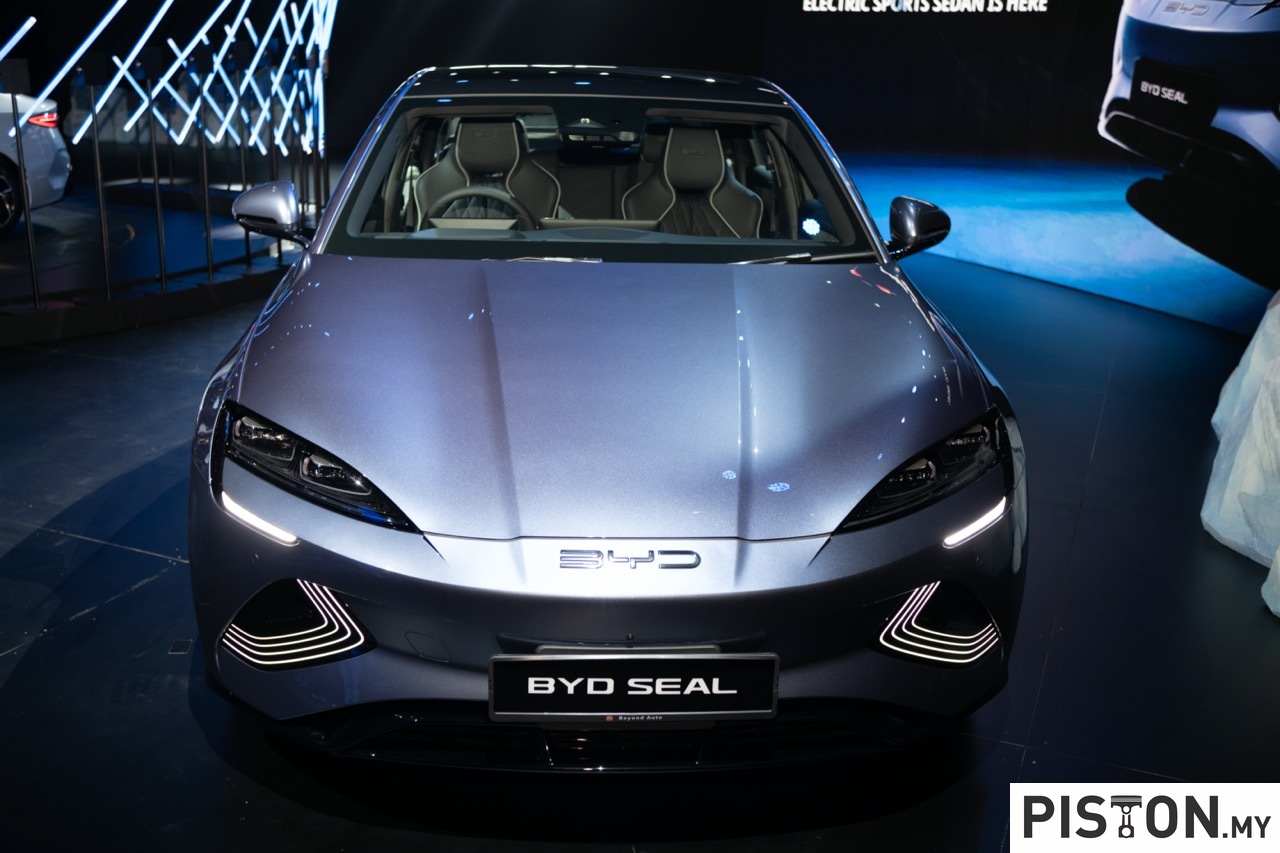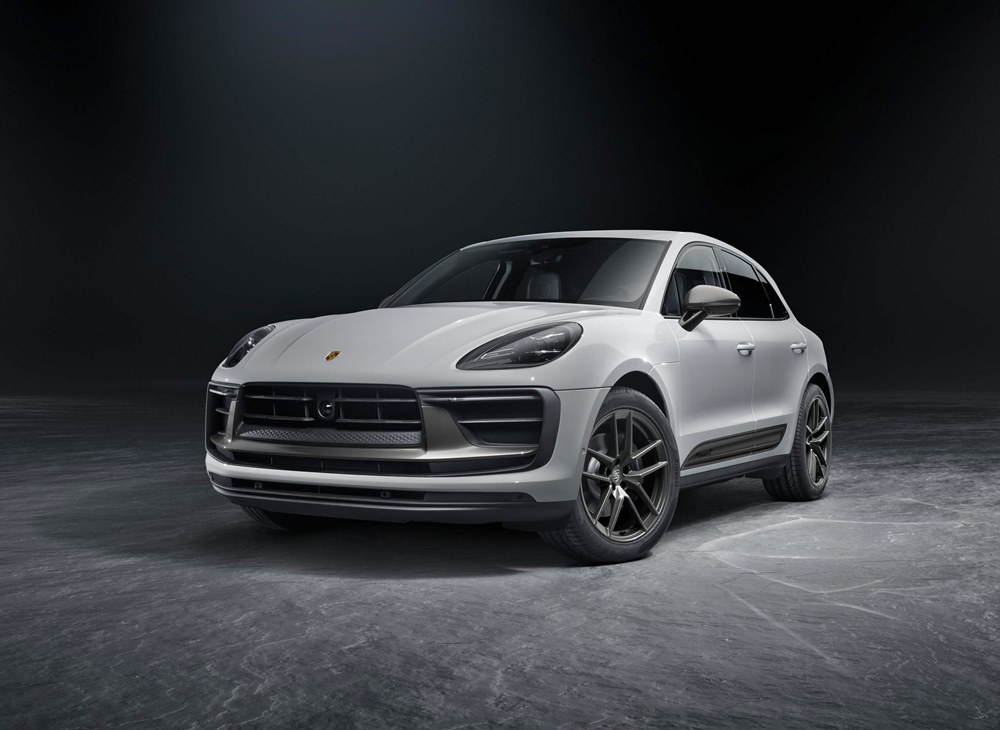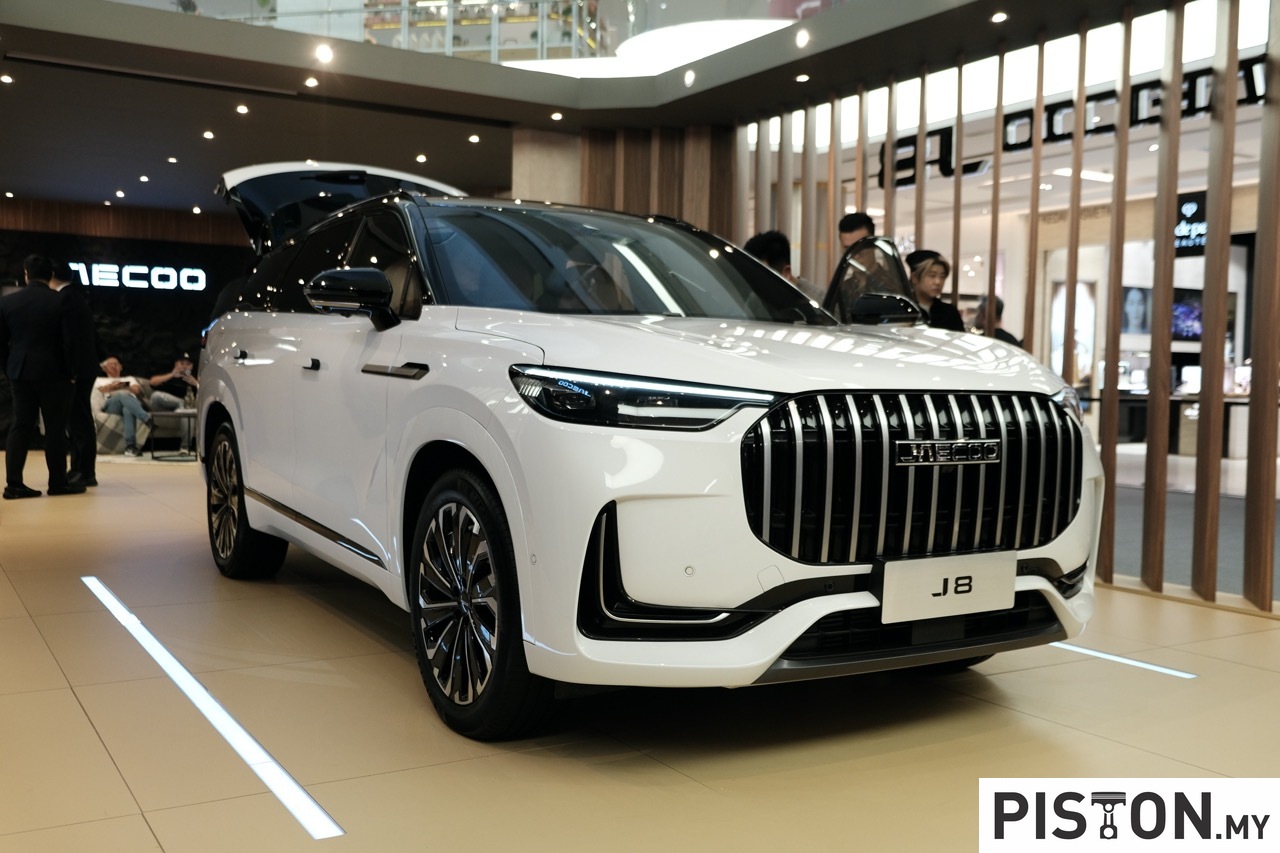Edaran Tan Chong Motor (ETCM) recently announced that the new Nissan X-Trail Facelift is now open for booking, and is expected to be launched sometime in April 2019. The new X-Trail Facelift now offers a new Hybrid variant and 3 Internal Combustion Engine (ICE) variants.
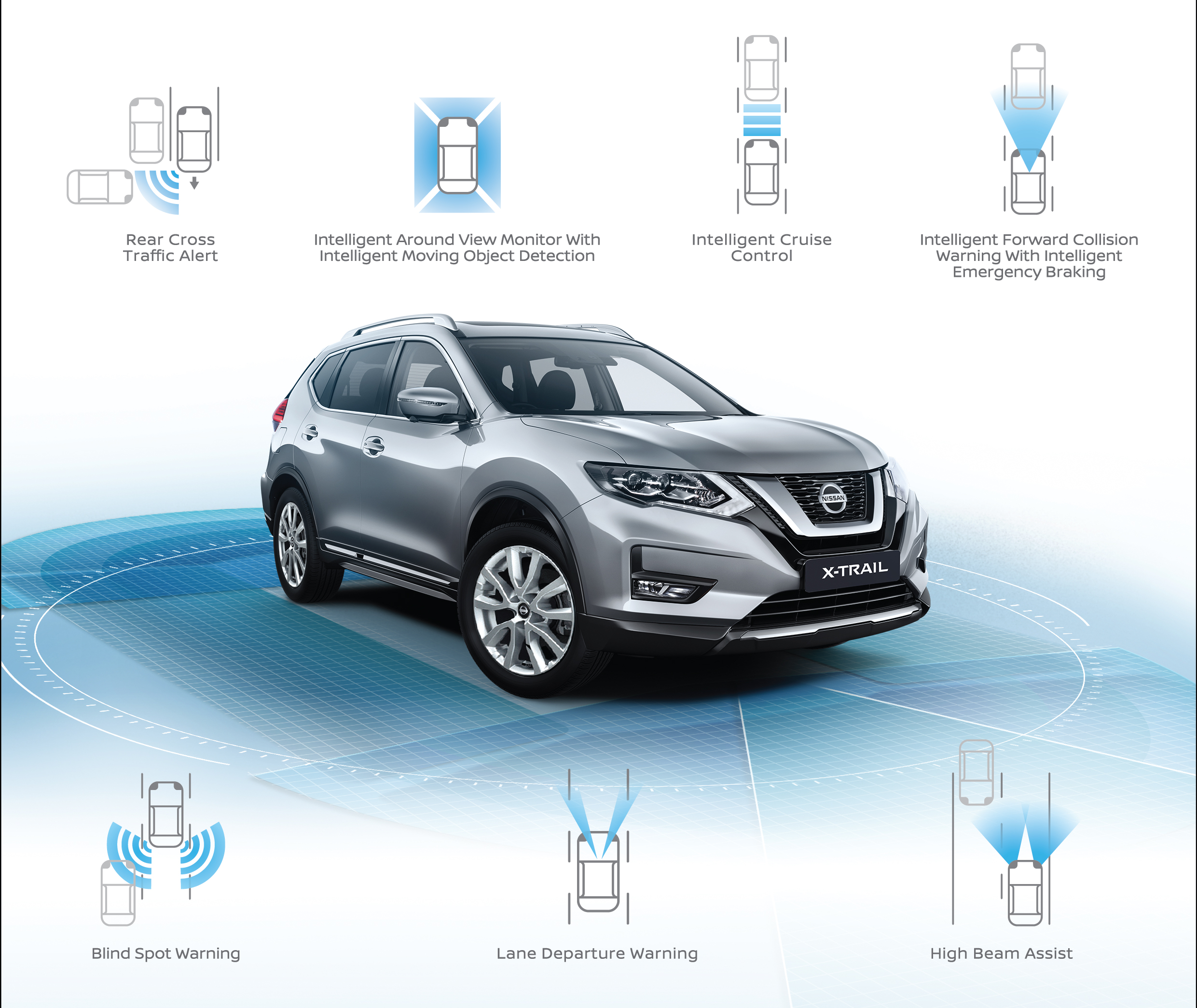
The 2.0L (MR20DD) Hybrid with Twin CVTC (Continuously Variable-valve Timing Control) engine paired with XTRONIC CVT (Continuously Variable Transmission), produces an output of 144PS and 200Nm of torque along with the output from the Electric Motor of 41PS plus 160Nm of torque delivers an exhilarating drive, whilst producing the best in class fuel economy of 16.1km/L (based on ECE R101 test mode).
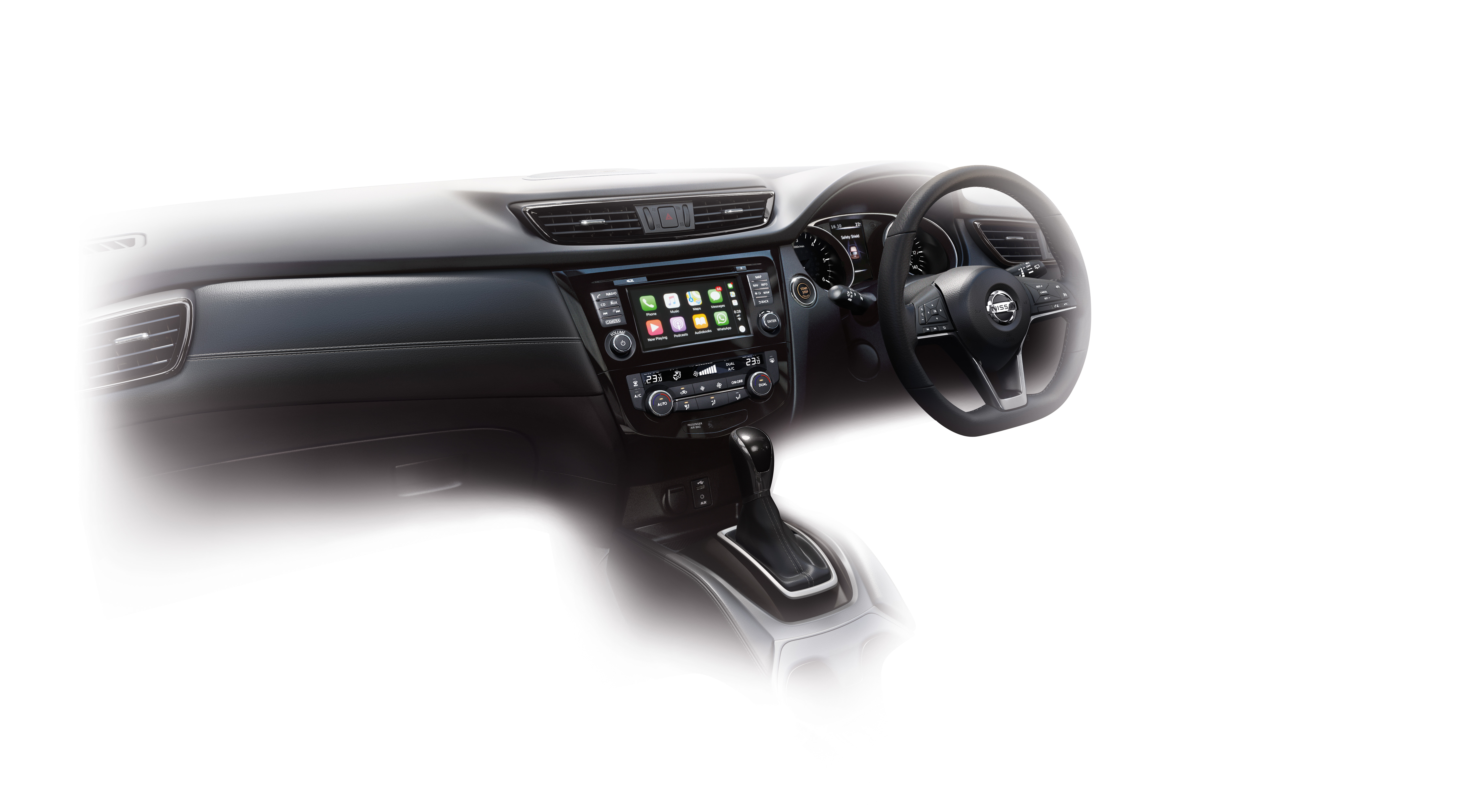
Apart from the new 2.0L Hybrid variant, the new X-Trail Facelift is also available in the following variants; a 2.5L 4WD, a 2.0L 2WD MID and a 2.0L 2WD. All variants of the new X-Trail Facelift are certified Energy Efficient Vehicles (EEV). The new X-Trail Facelift comes complete with Nissan Intelligent Mobility advanced safety technologies to enhance intelligent driving, and are available in 3 variants; the 2.0 Hybrid, 2.5L 4WD and 2.0L 2WD MID. These include:
- Intelligent Forward Collision Warning (FCW) *
- Intelligent Forward Emergency Braking (FEB) *
- Intelligent Cruise Control (ICC) *
- High Beam Assist (HBA)*
- Lane Departure Warning (LDW)
- Blind Spot Warning (BSW)
- Intelligent Around View Monitor (I-AVM) with Moving Object Detection (I-MOD)
- Rear Cross Traffic Alert (RCTA)
- Motion Activated Power Tailgate (that operates by a simple quick kick below the tailgate to open or close)
* 2.5L 4WD & 2.0L Hybrid only
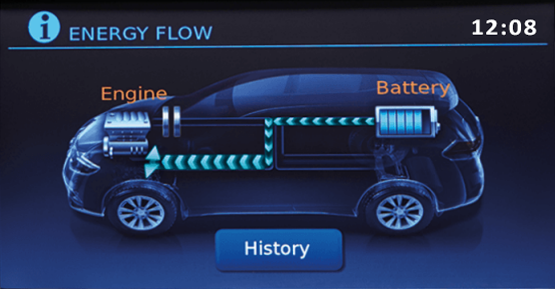
Additionally, a new signature ‘V-Motion’ front grille design, revised signature LED Boomerang Daytime Running Lights and Headlights, Smoked LED Boomerang Tail Lamps, 7” Navi Infotainment System with Apple Carplay™ and Android Auto ready, Flat Bottom Steering Wheel with Controls, Dual Power Leather Seats, Leatherette Dashboard and Knee Pads, and 5” Advanced Drive Assist Display, adding a fresh new high-tech appearance and luxurious touches.
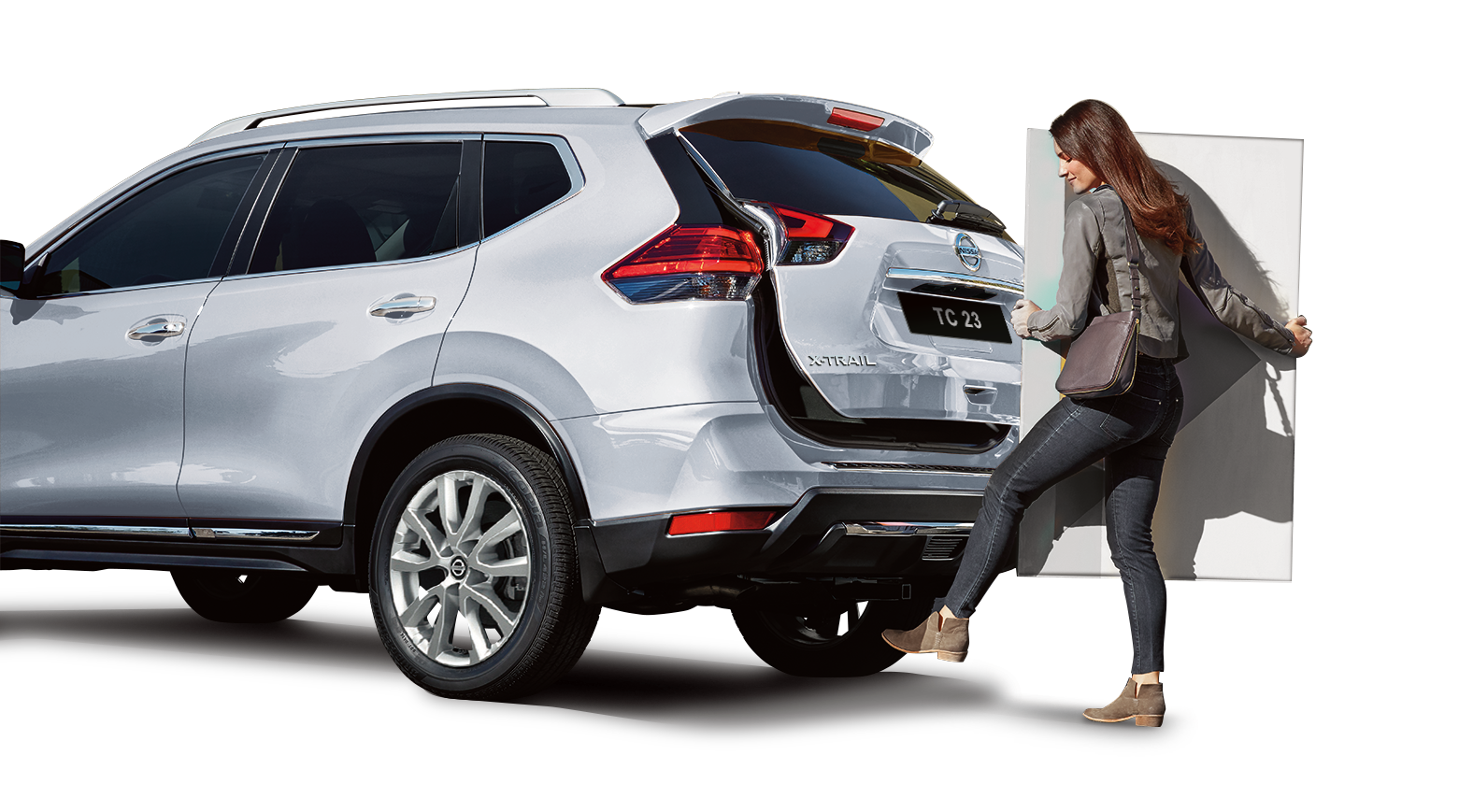
6 SRS Airbags now comes standard on 3 variants of the new X-Trail, and other safety features include Electronic Parking Brake with Auto Hold function, Vehicle Dynamic Control (VDC), Traction Control System (TCS), Anti-lock Braking System (ABS), Brake Assist (BA), Electronic Brake Force Distribution (EBD), Hill Start Assist (HSA), and Child Seat Retainer with Top Tether (ISOFIX x2).
| NEW X-TRAIL FACELIFT |
2.0L 2WD |
2.0L 2WD MID |
2.5L 4WD |
2.0L
HYBRID |
| Power (PS/RPM) |
144 / 6,000 |
144 / 6,000 |
171 / 6,000 |
144 / 6,000 |
| Torque (NM/RPM) |
200 / 4,400 |
200 / 4,400 |
233 / 4,000 |
200 / 4,400 |
| Electric Motor (Max Power PS / Max Torque NM) |
- |
- |
- |
41 / 160 |
| Intelligent Forward Collision Warning with Intelligent Forward Emergency Braking |
- |
- |
• |
• |
| Intelligent Cruise Control |
– |
- |
• |
• |
| High Beam Assist |
- |
- |
• |
• |
| Lane Departure Warning |
- |
• |
• |
• |
| Blind Spot Warning |
- |
• |
• |
• |
| Motion Activated Power Tailgate |
- |
• |
• |
• |
| Rear Cross Traffic Alert |
- |
• |
• |
• |
| Intelligent Around View Monitor with Intelligent Moving Object Detection |
• |
• |
• |
• |
| Intelligent Ride Control |
• |
• |
• |
• |
| Intelligent Engine Brake |
• |
• |
• |
• |
| Intelligent Trace Control |
• |
• |
• |
• |
| Dual Zone Auto Climate Control Air Conditioning with Rear Vents |
• |
• |
• |
• |
| 3rd Row Seats |
• |
• |
• |
- |
| SRS Airbags |
4 |
6 |
6 |
6 |
5 contemporary exterior colours are available: Brilliant White, Tungsten Silver, Titanium Olive, Diamond Black and Imperial Umber (New).
Estimated prices are as follows:
| NEW X-TRAIL FACELIFT |
| X-TRAIL 2.0L HYBRID |
Below RM 169,900 (without Insurance) |
5 Years Unlimited Mileage Warranty
(includes Hybrid parts and Lithium-Ion HEV battery)* |
| X-TRAIL 2.5L 4WD |
Below RM 159,900 (without Insurance) |
| X-TRAIL 2.0L 2WD MID |
Below RM 149,900 (without Insurance) |
| X-TRAIL 2.0L 2WD |
Below RM 139,900 (without Insurance) |
In conjunction with the pre-launch, the new Nissan X-Trail Facelift also comes with a 2-year or 40,000km Periodic Maintenance Service (whichever comes first). Additionally, the first 500 registered vehicles will also receive an exclusive gift worth RM488. Official deliveries are scheduled in April 2019.
Members of the public are invited to join the new X-Trail Facelift Exclusive Preview at Nissan Test Drive Carnivals over 3 weekends of 9th to 10th March, 15th to 17th March, and 23rd to 24th March at selected Nissan showrooms nationwide to experience the new X-Trail Facelift. Additionally, attractive deals are offered and a series of fun-filled activities for the whole family are also available during the carnival.
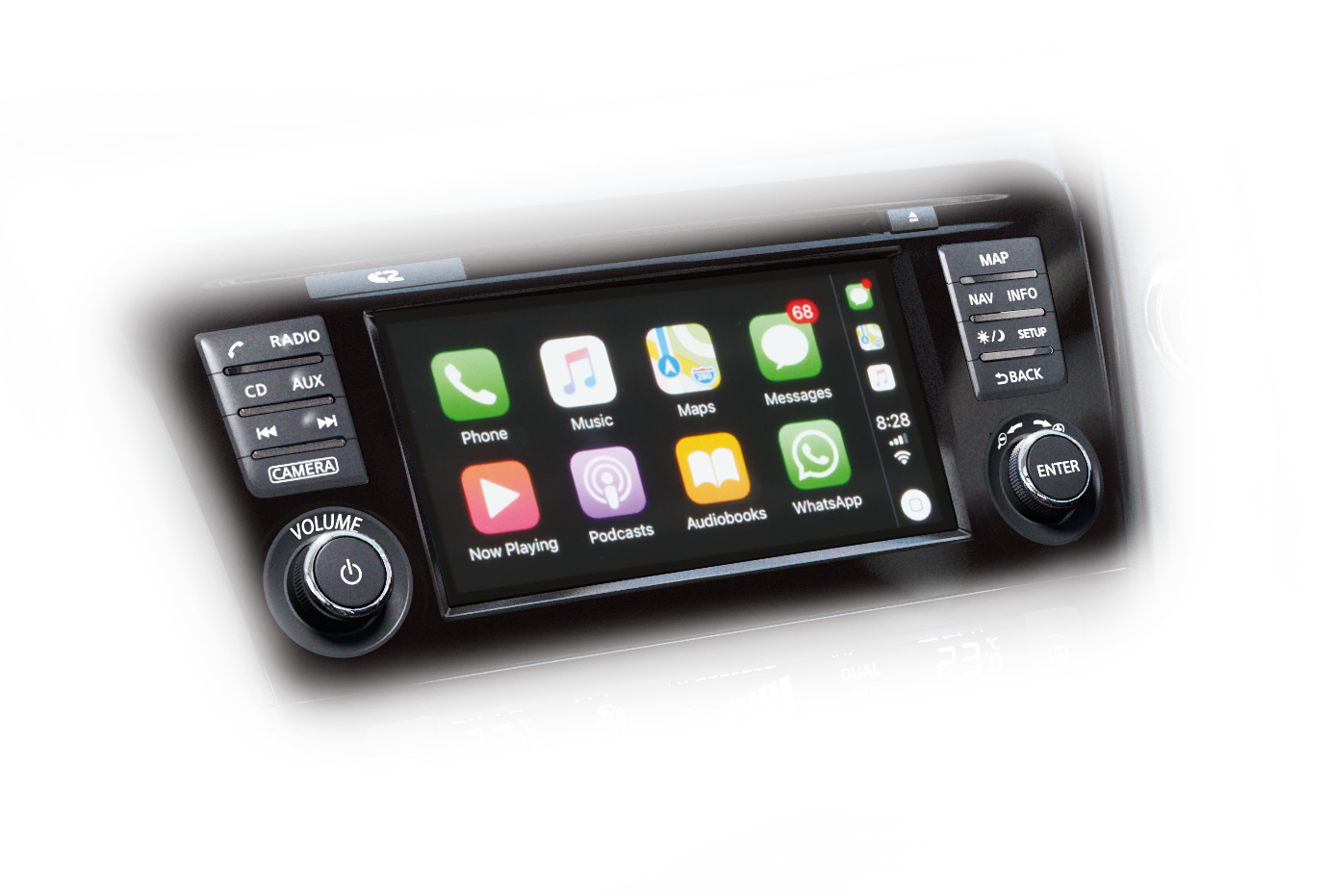
Customers who are eager to get up close to the new Nissan X-Trail Facelift are also invited to make their way to Nissan Roadshows and Island Displays happening around the country beginning 7th March 2019 to experience this smarter, safer and sensational SUV. To find out the roadshow and island display scheduled locations, please visit www.nissan.com.my/new-xtrail .
For more information, call the Nissan Customer Care Centre Hotline at 1800 88 3838.
All terms and conditions apply.




